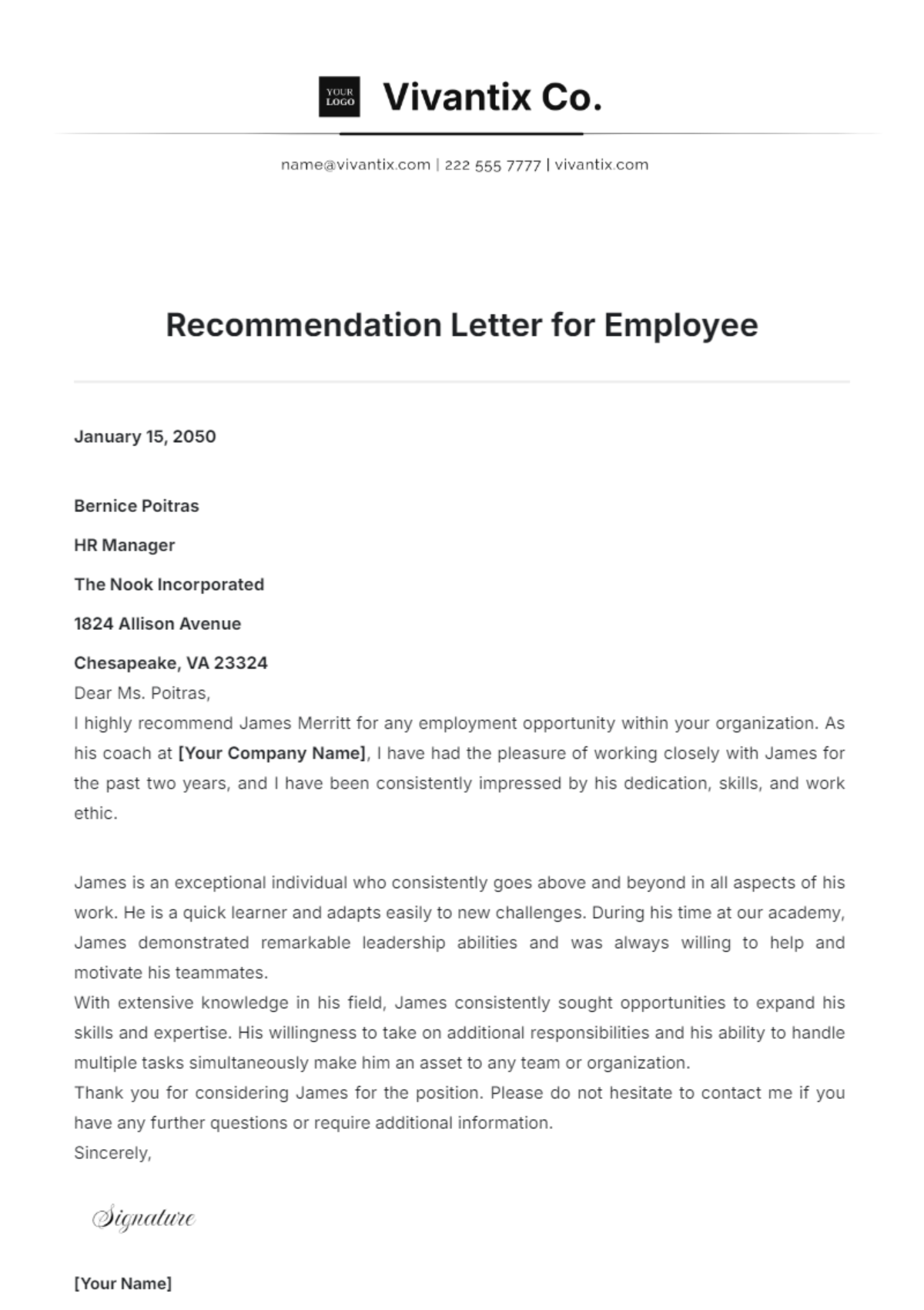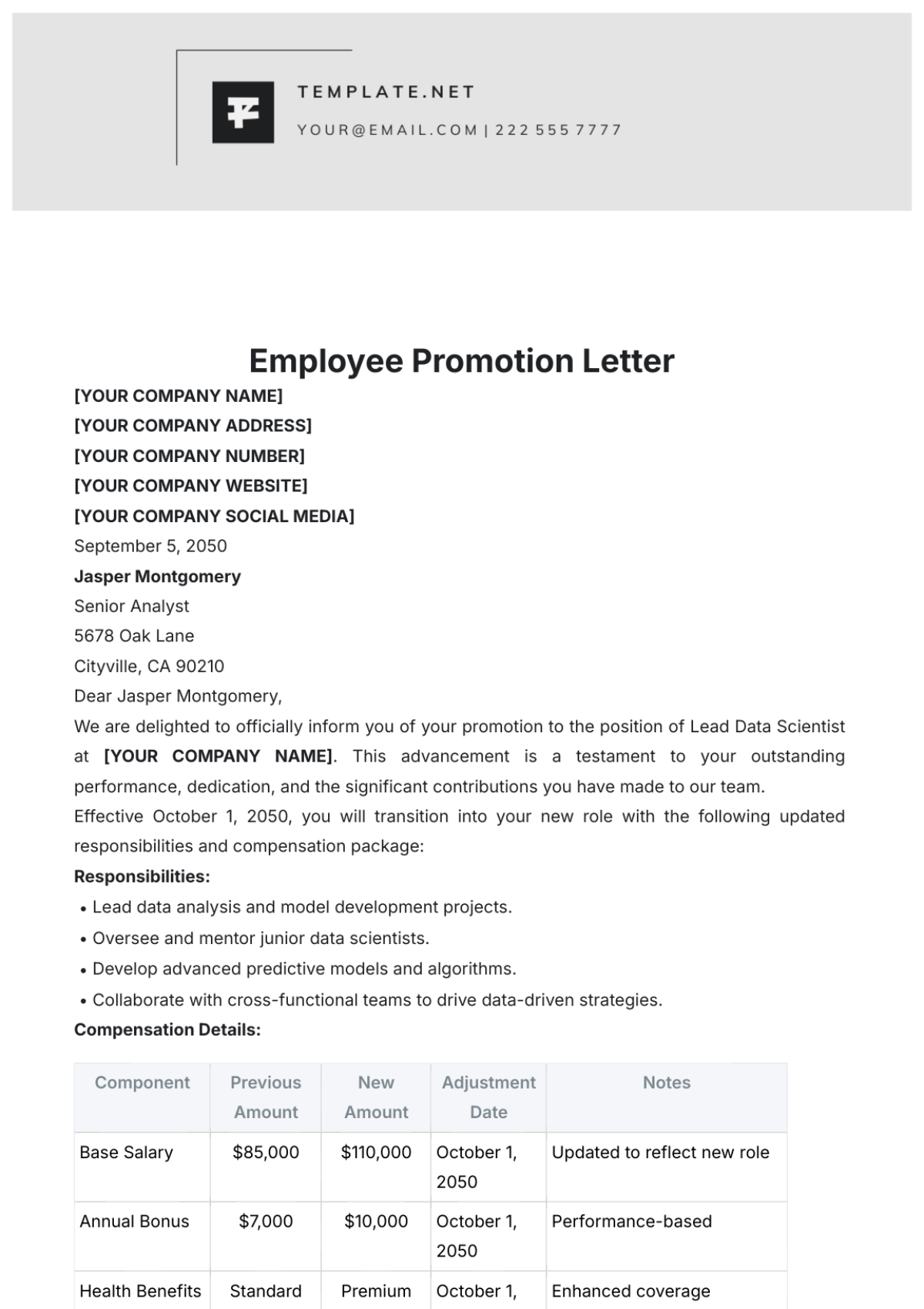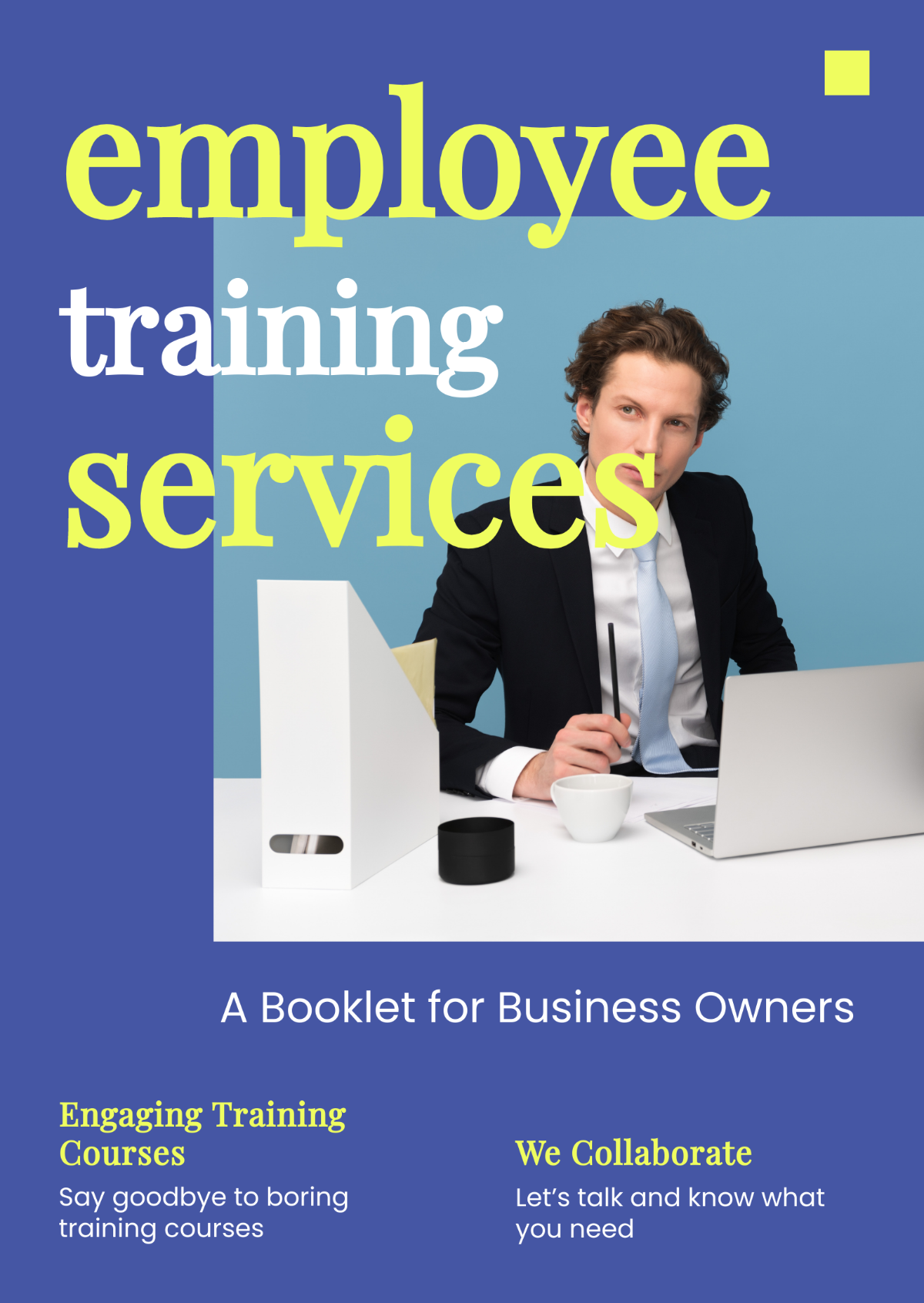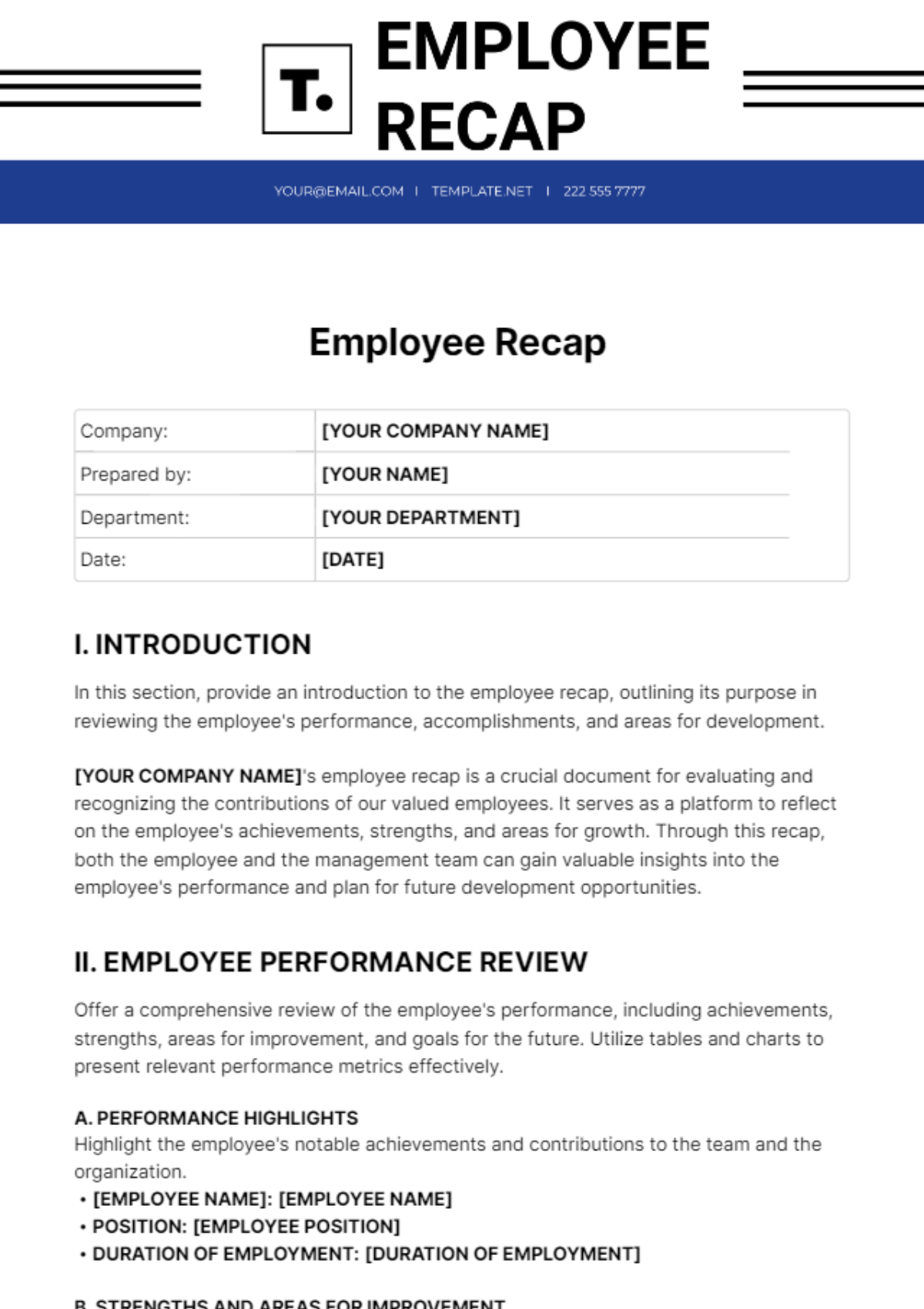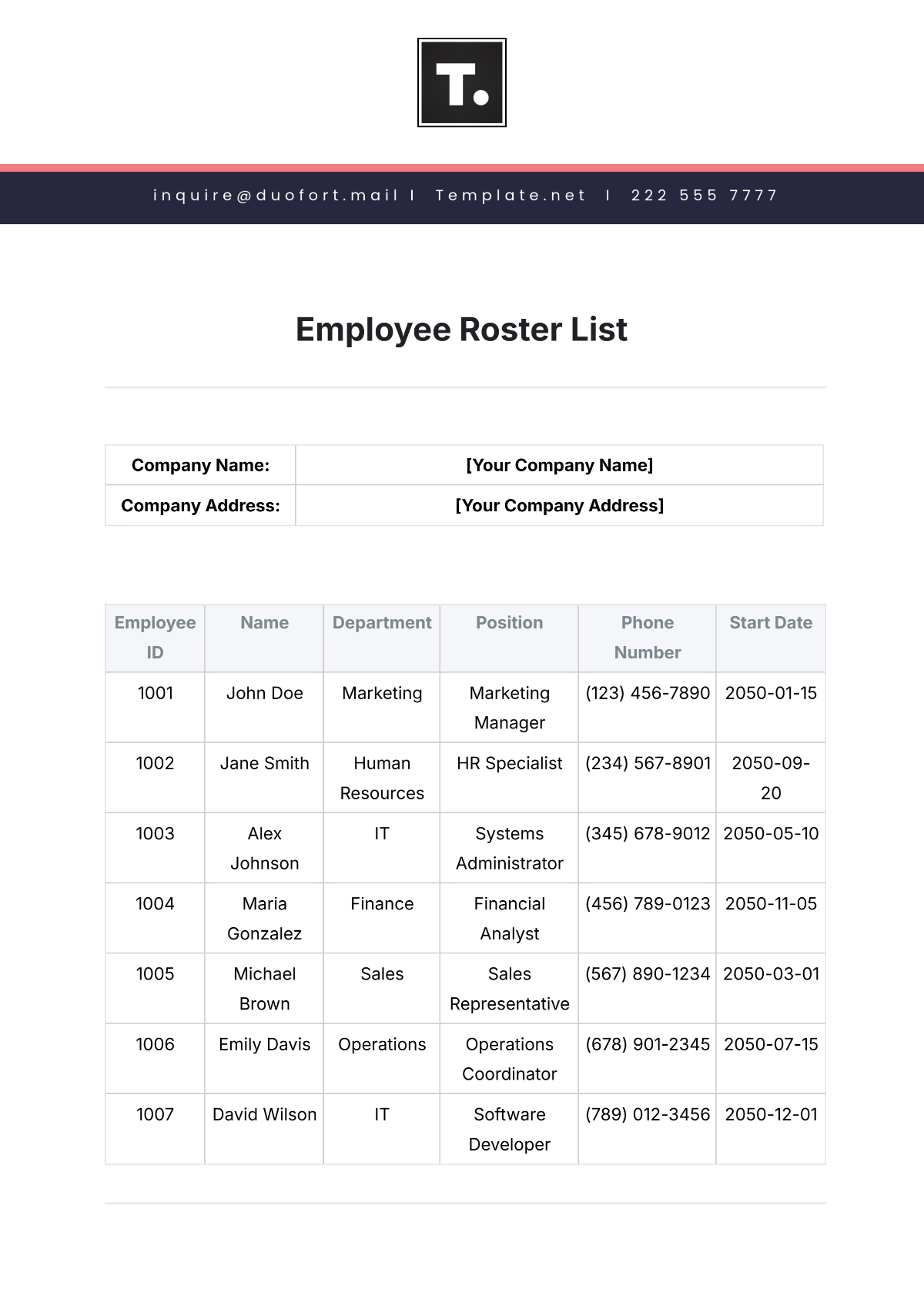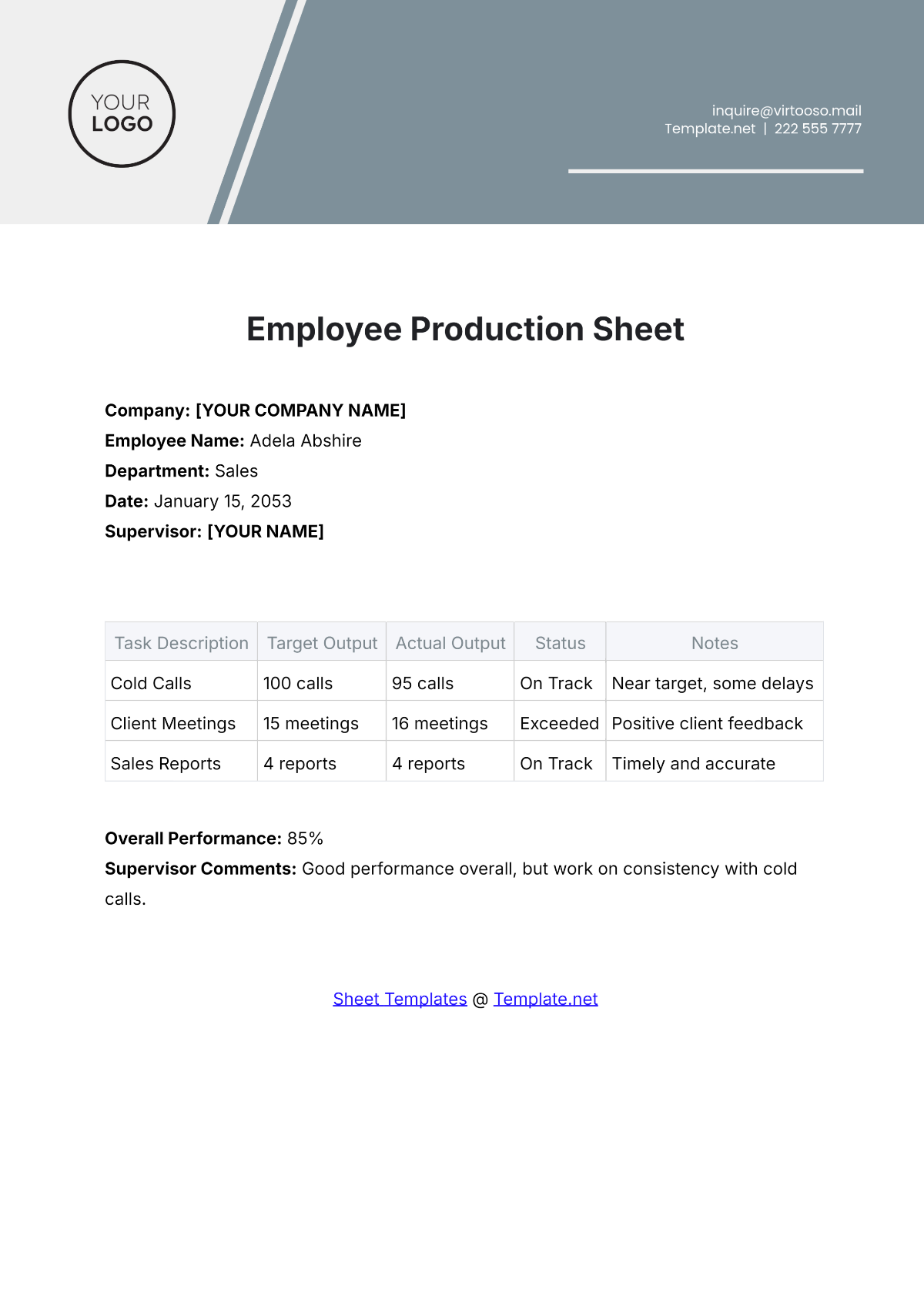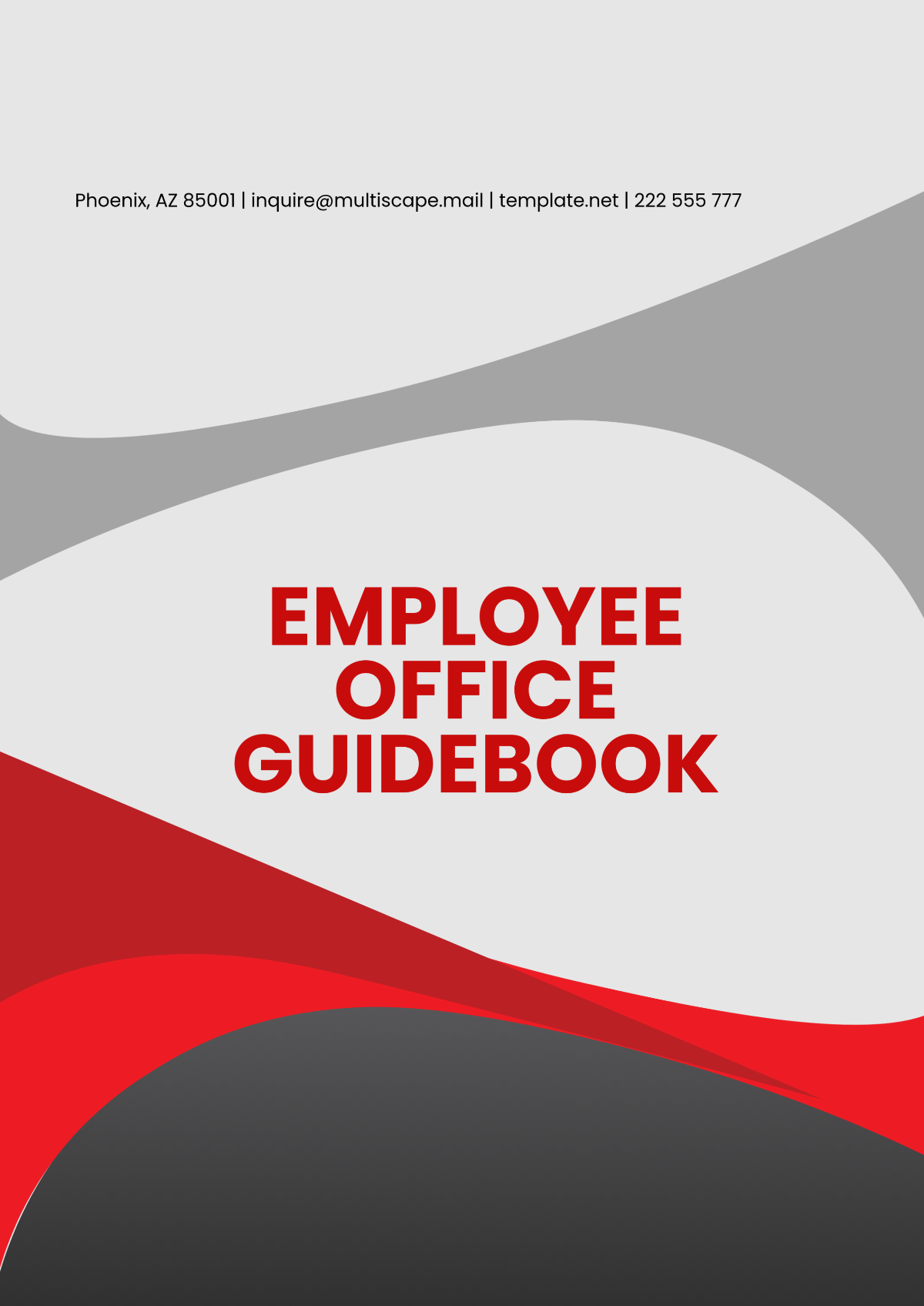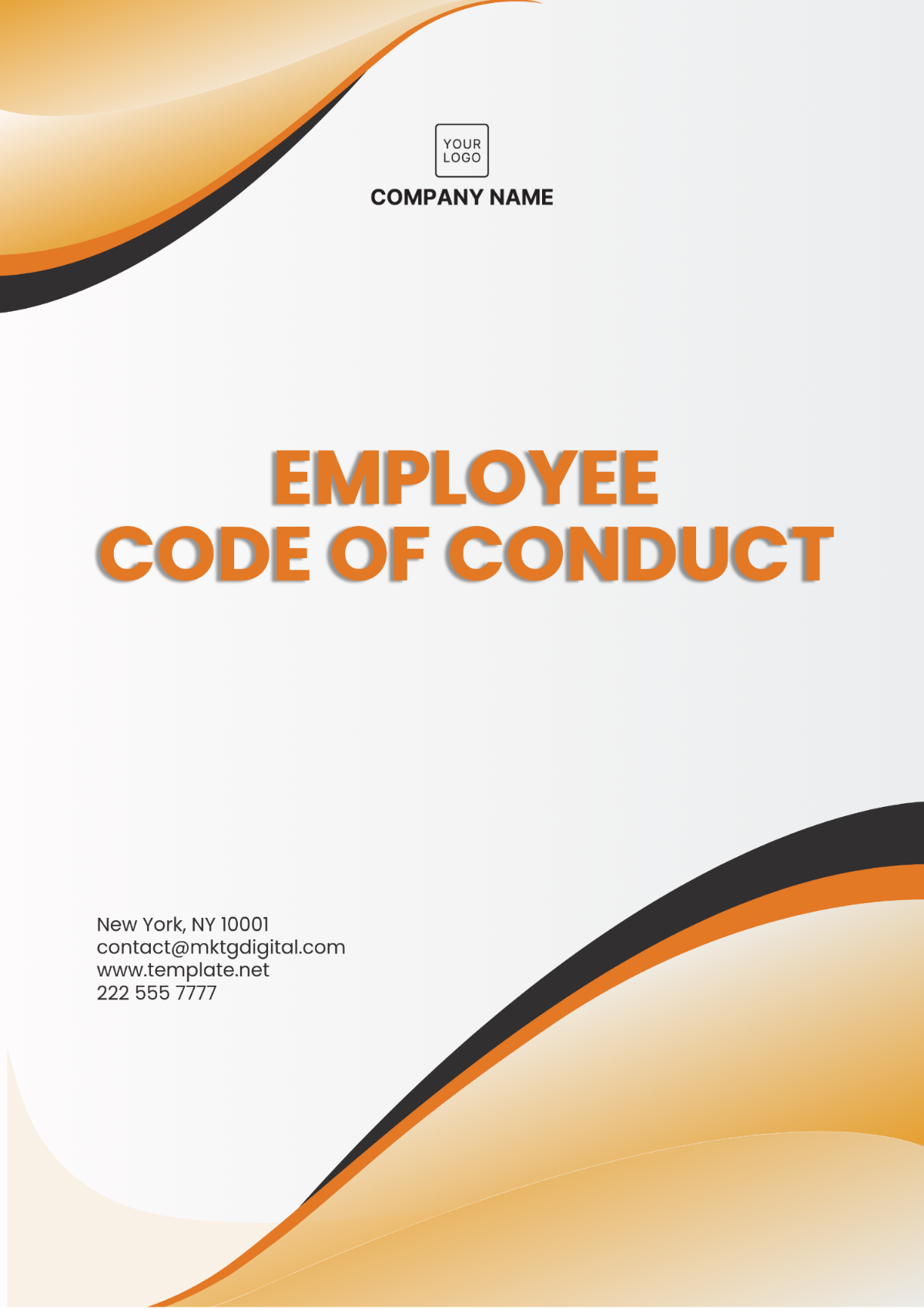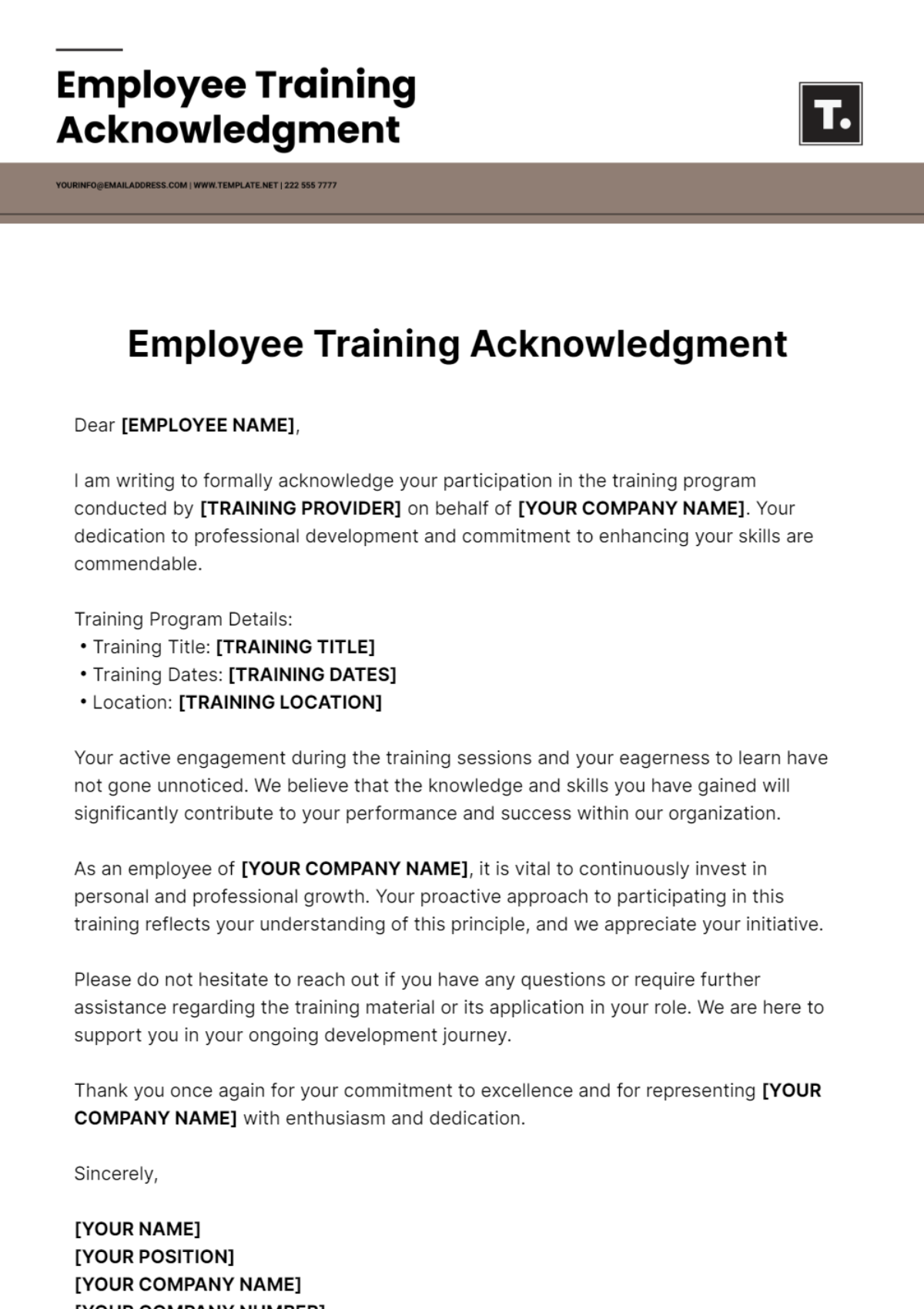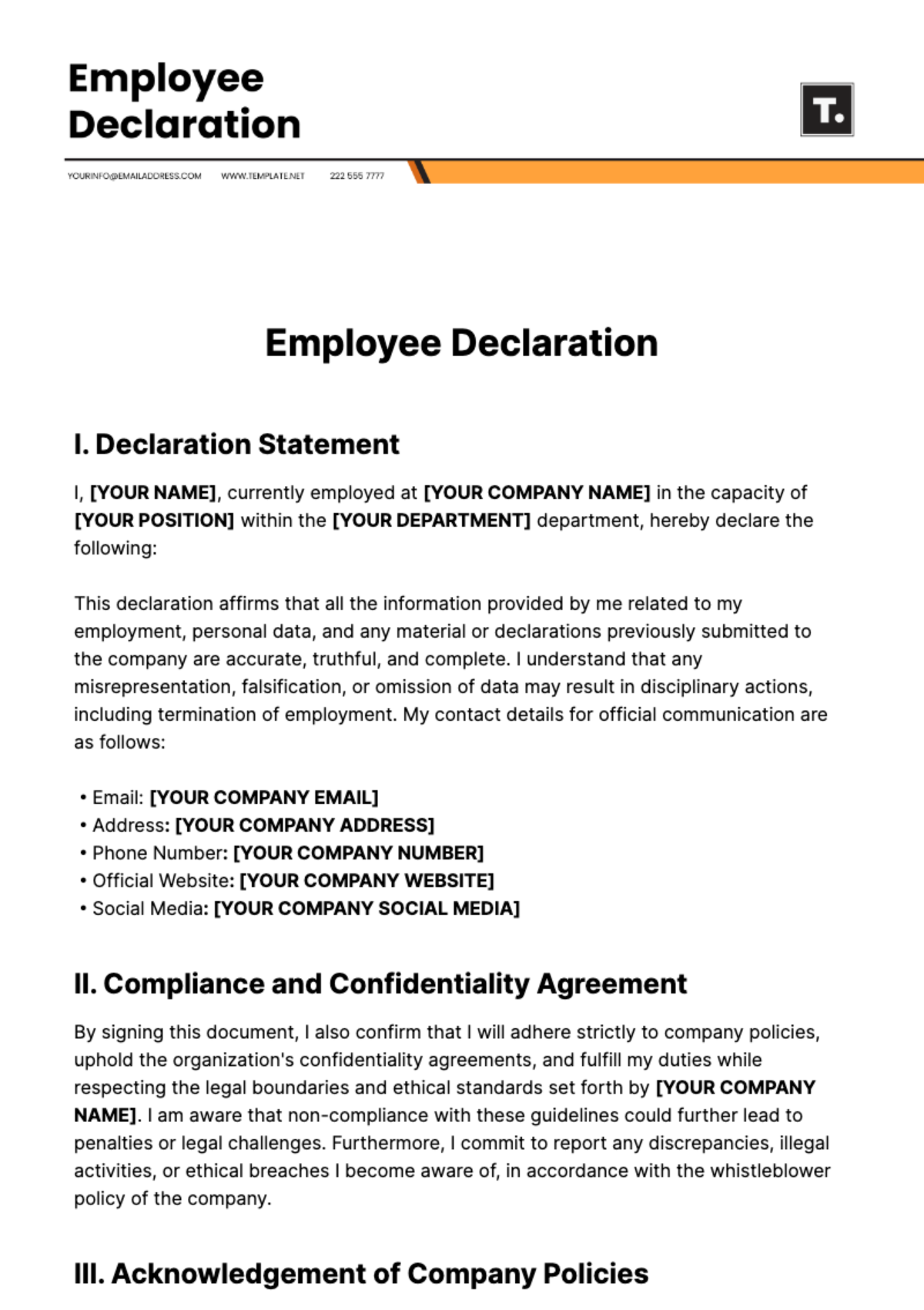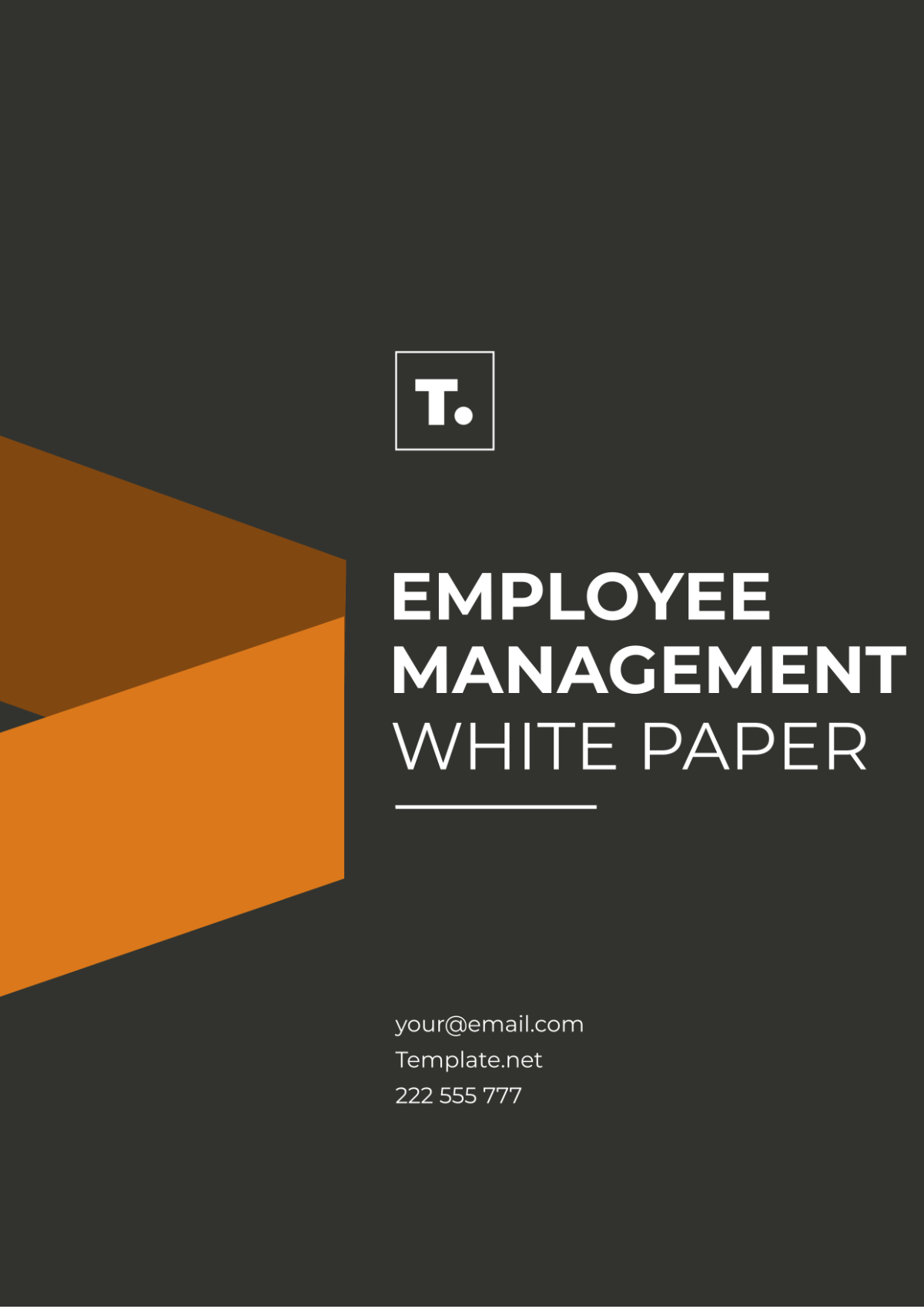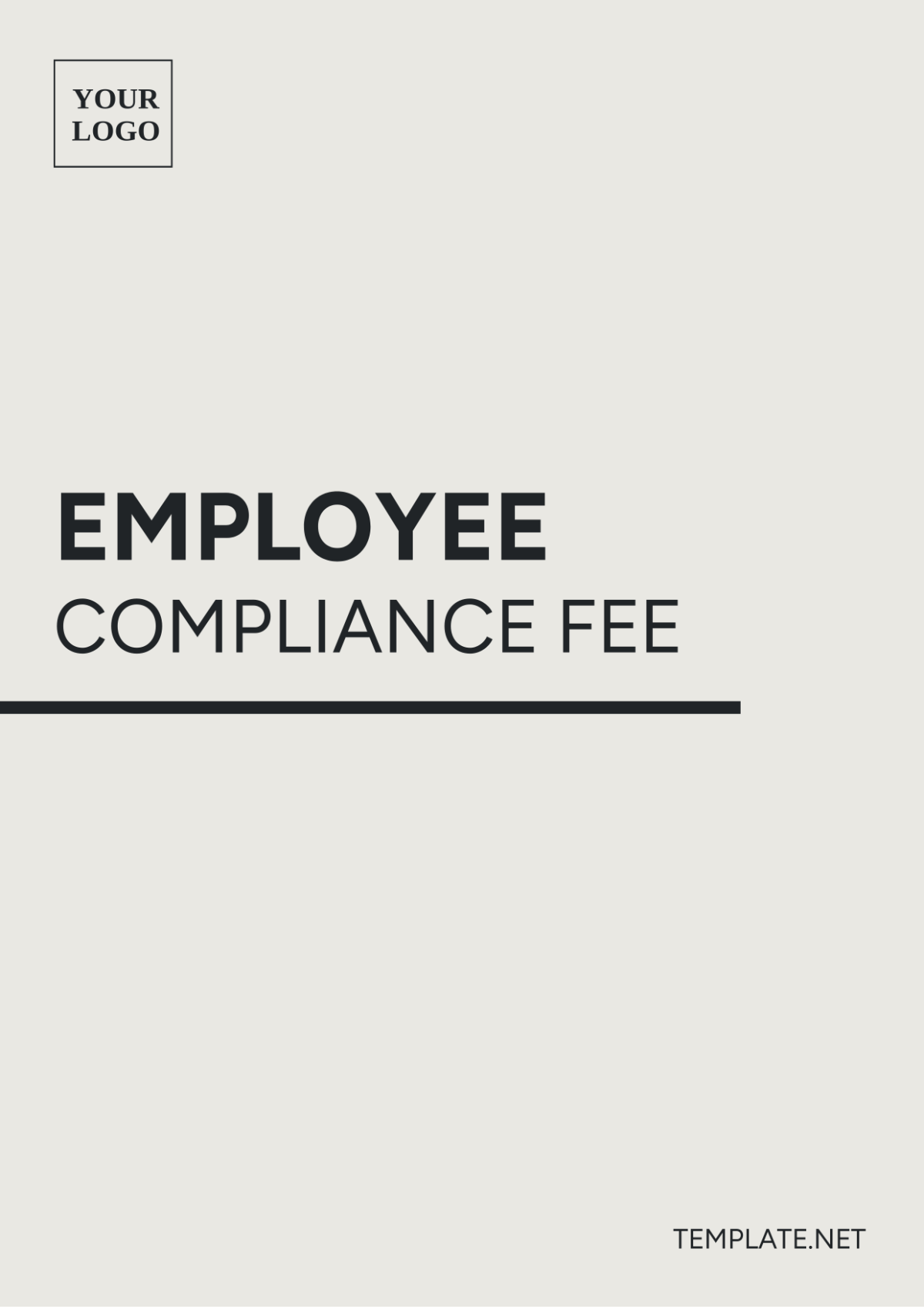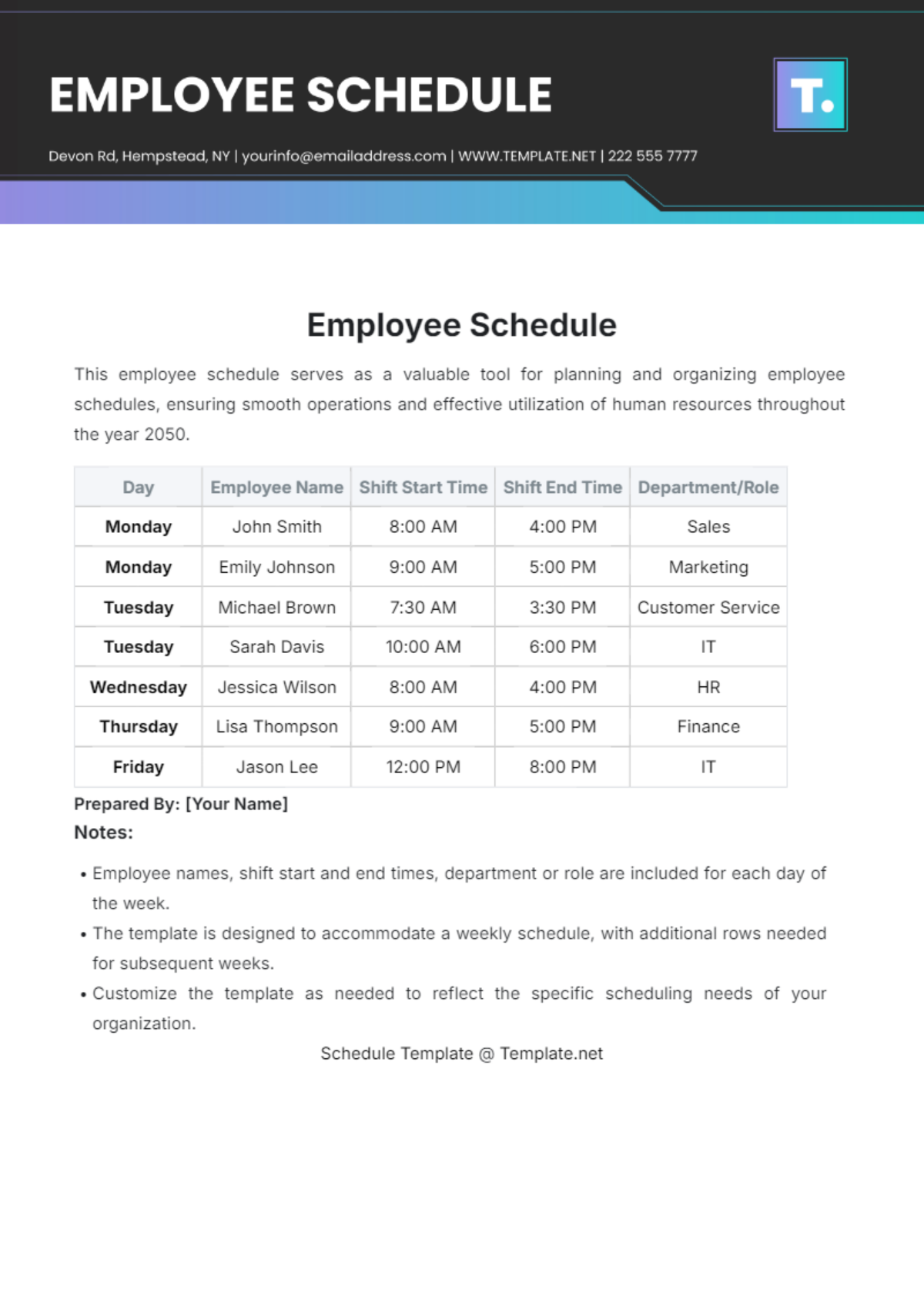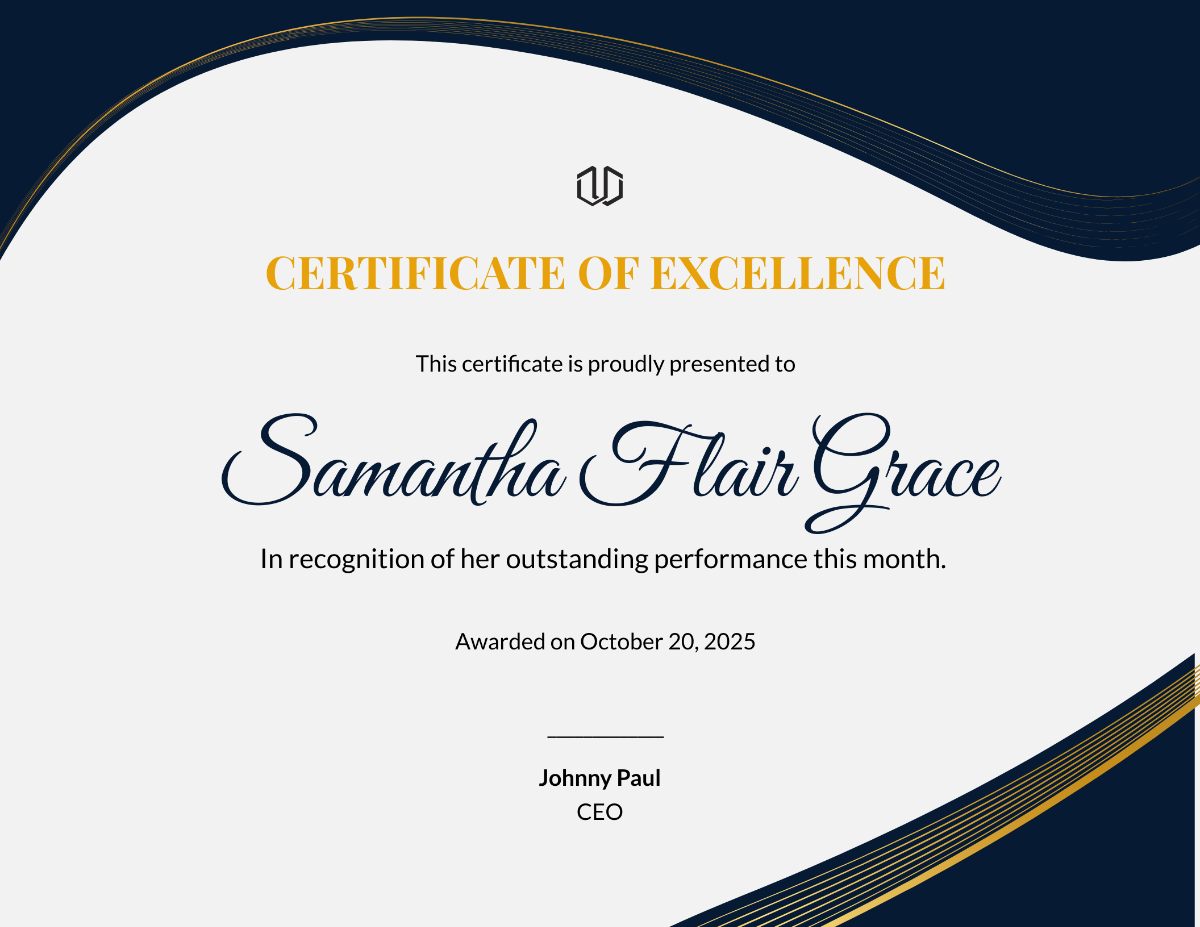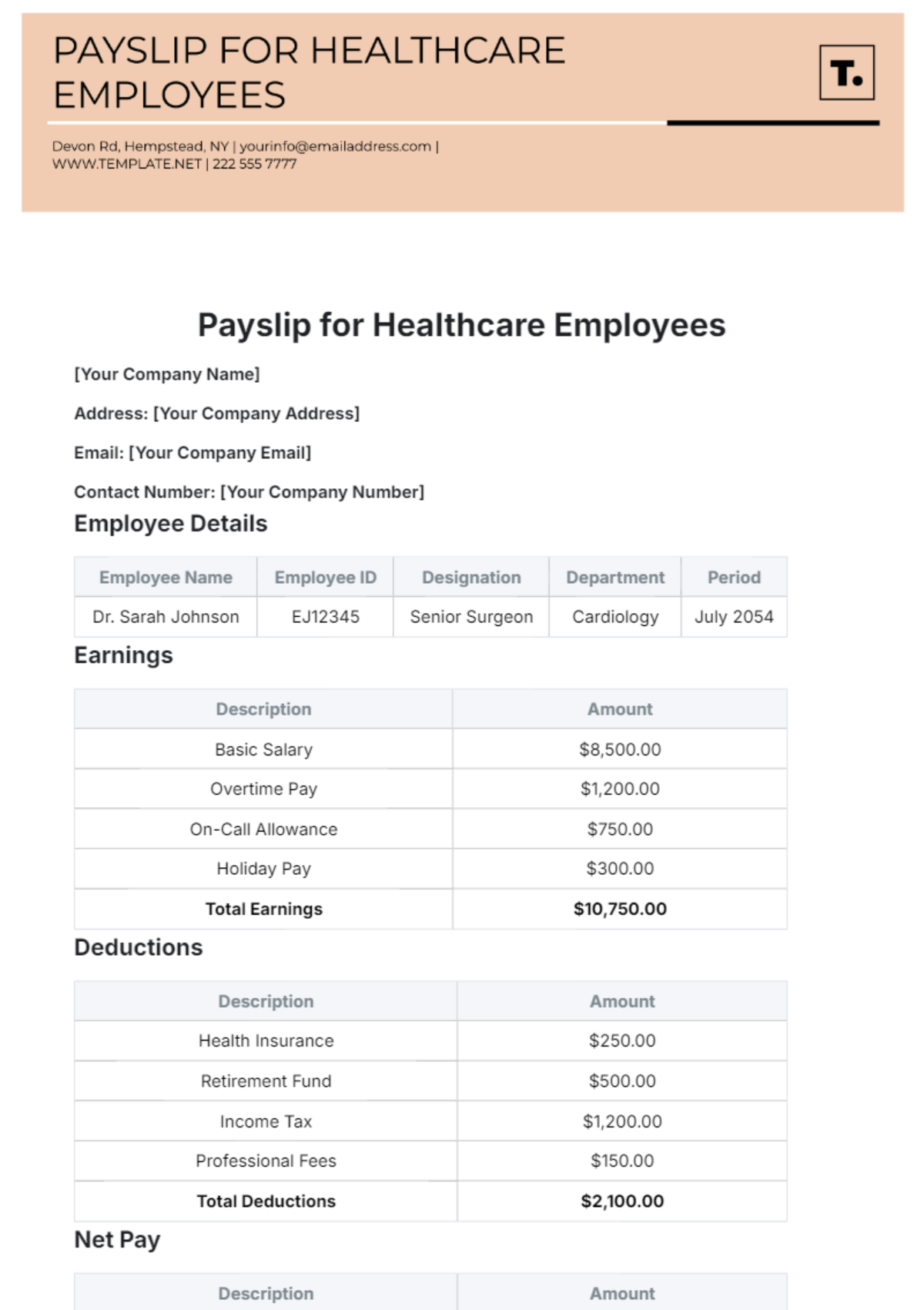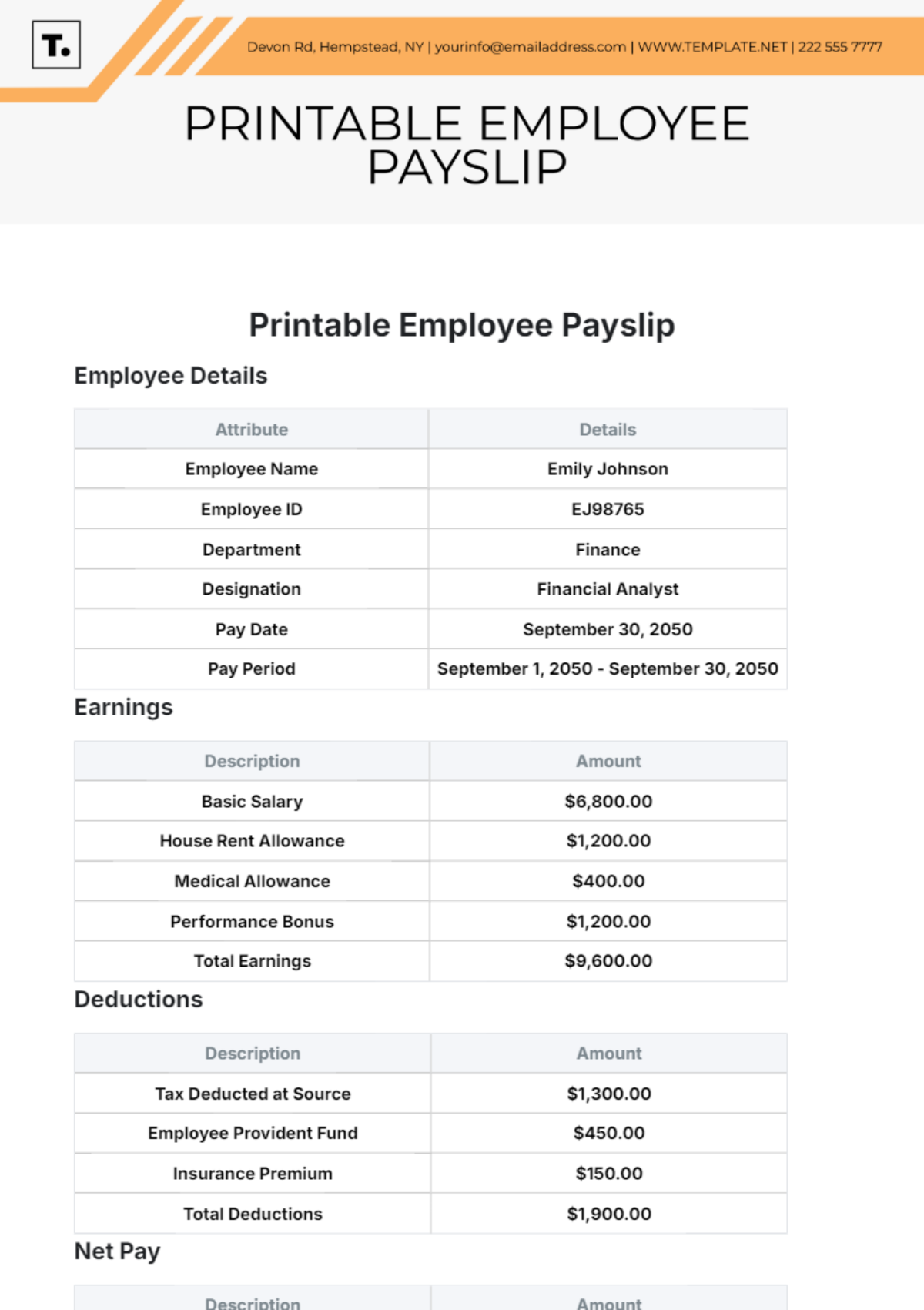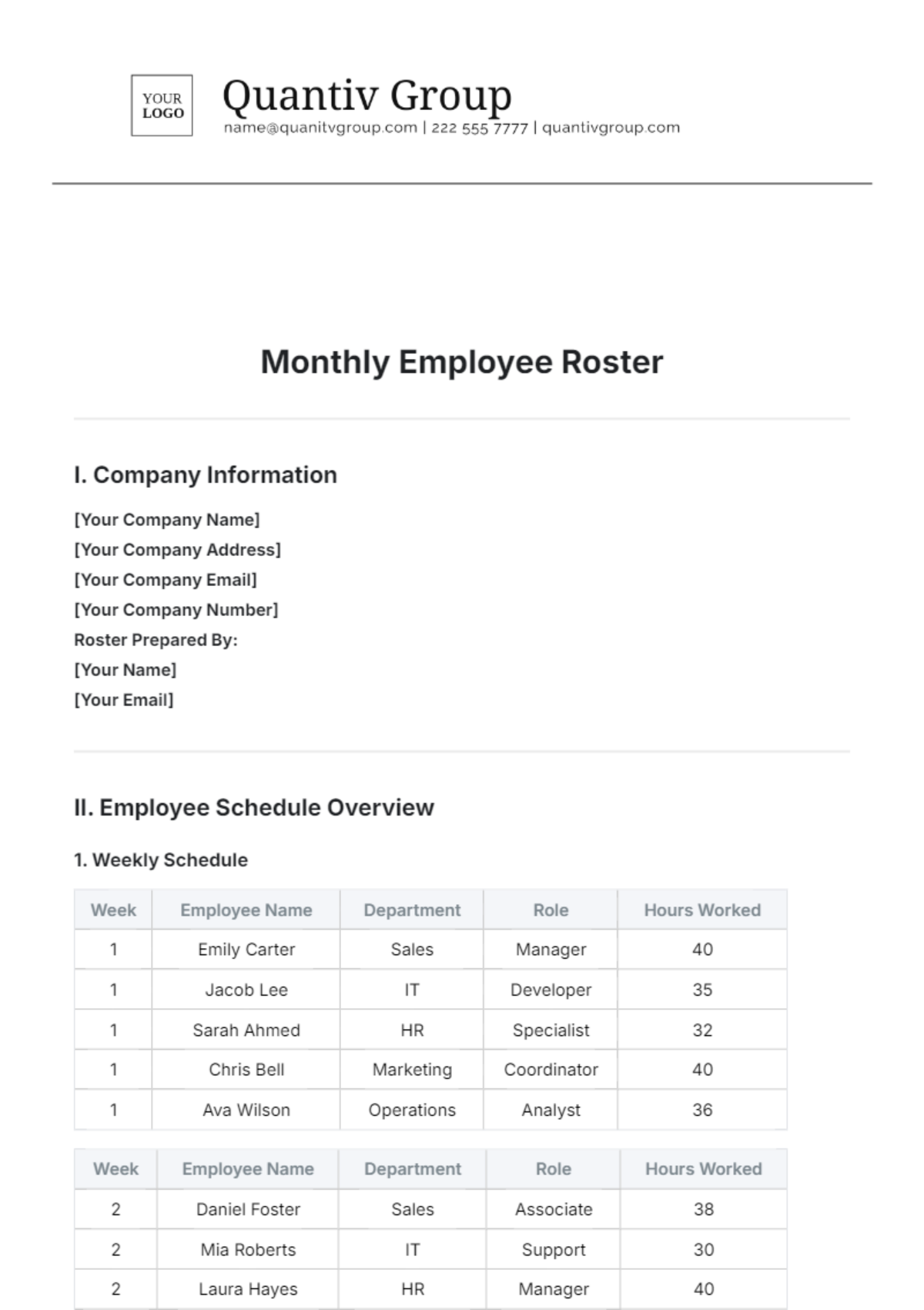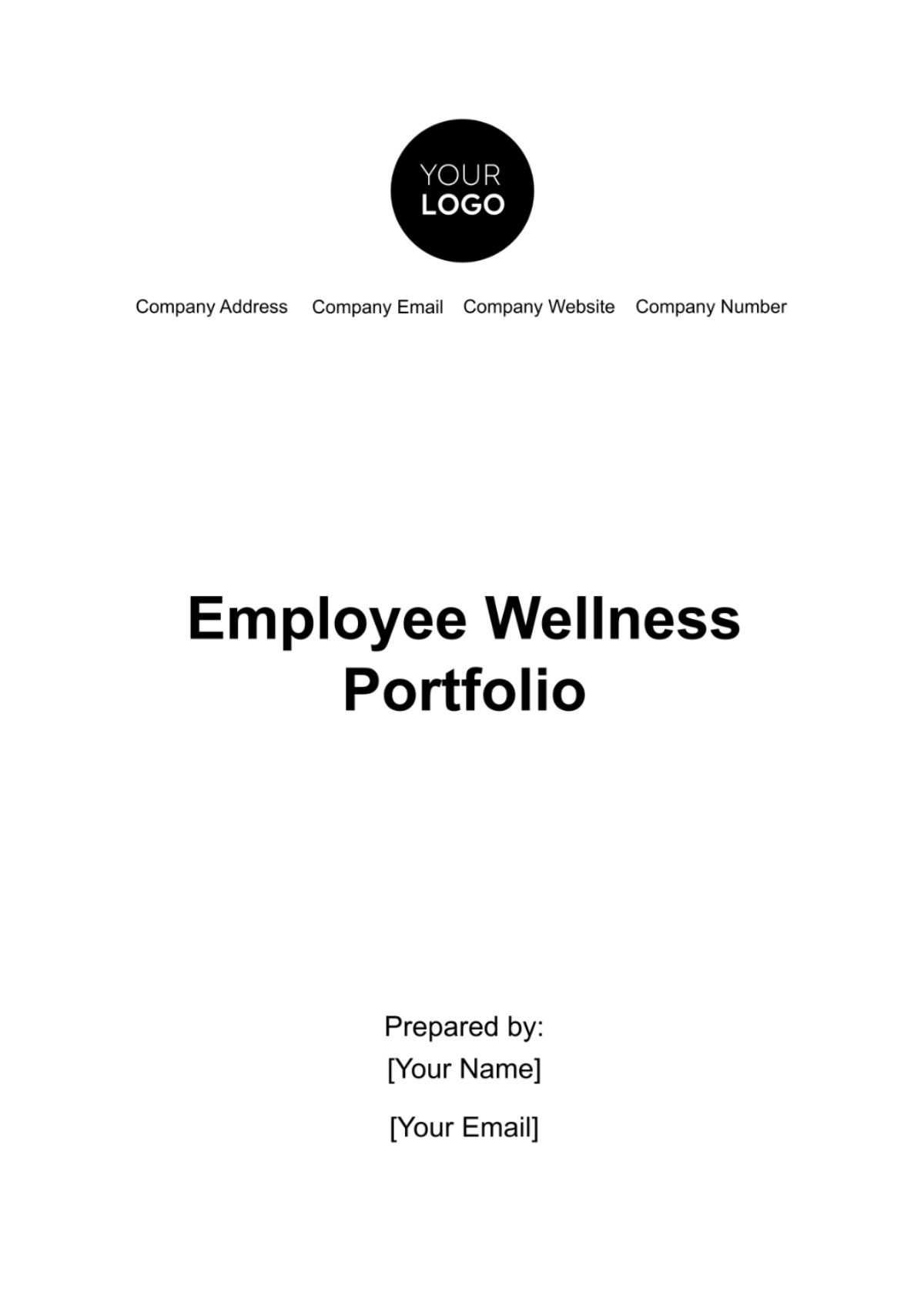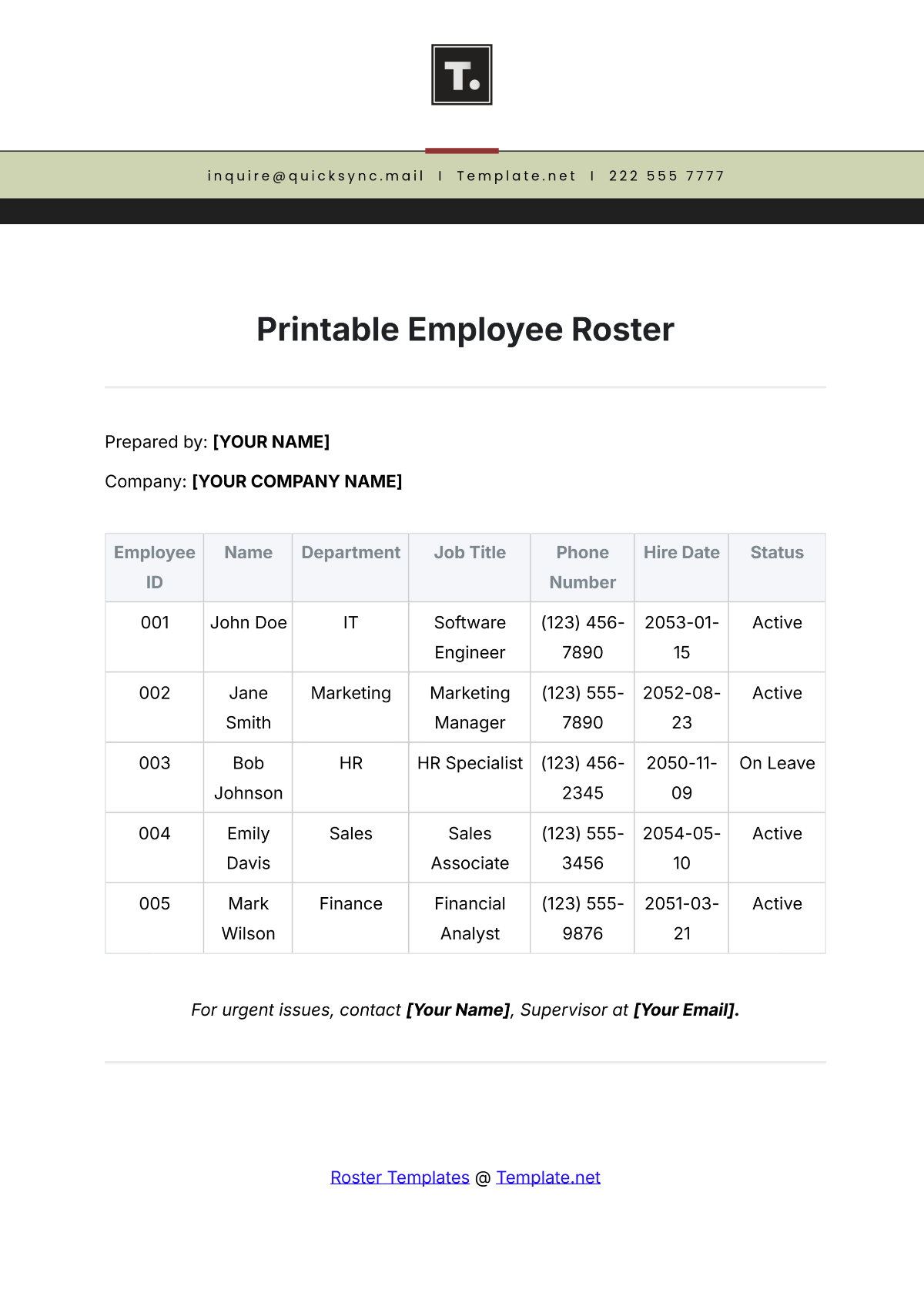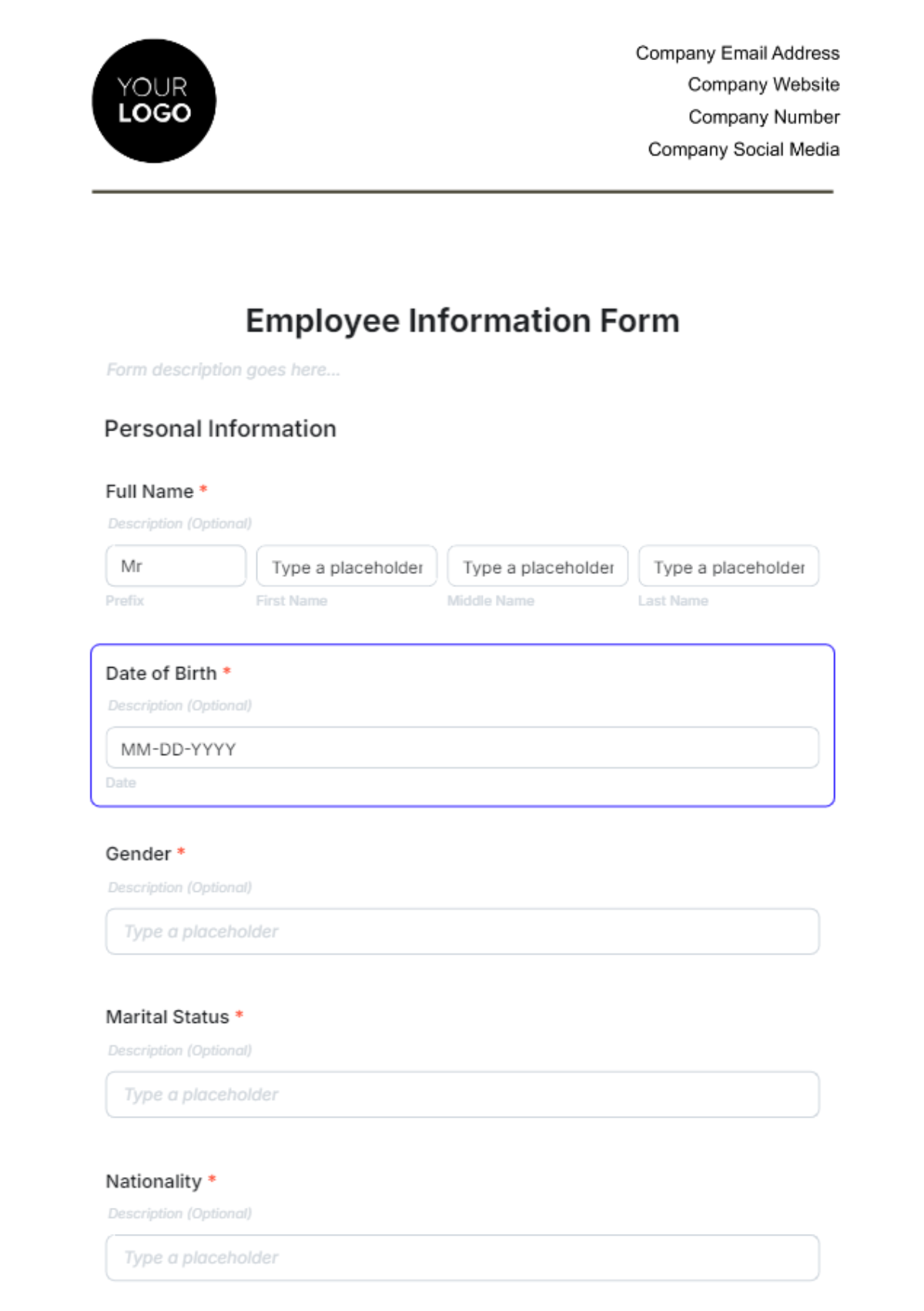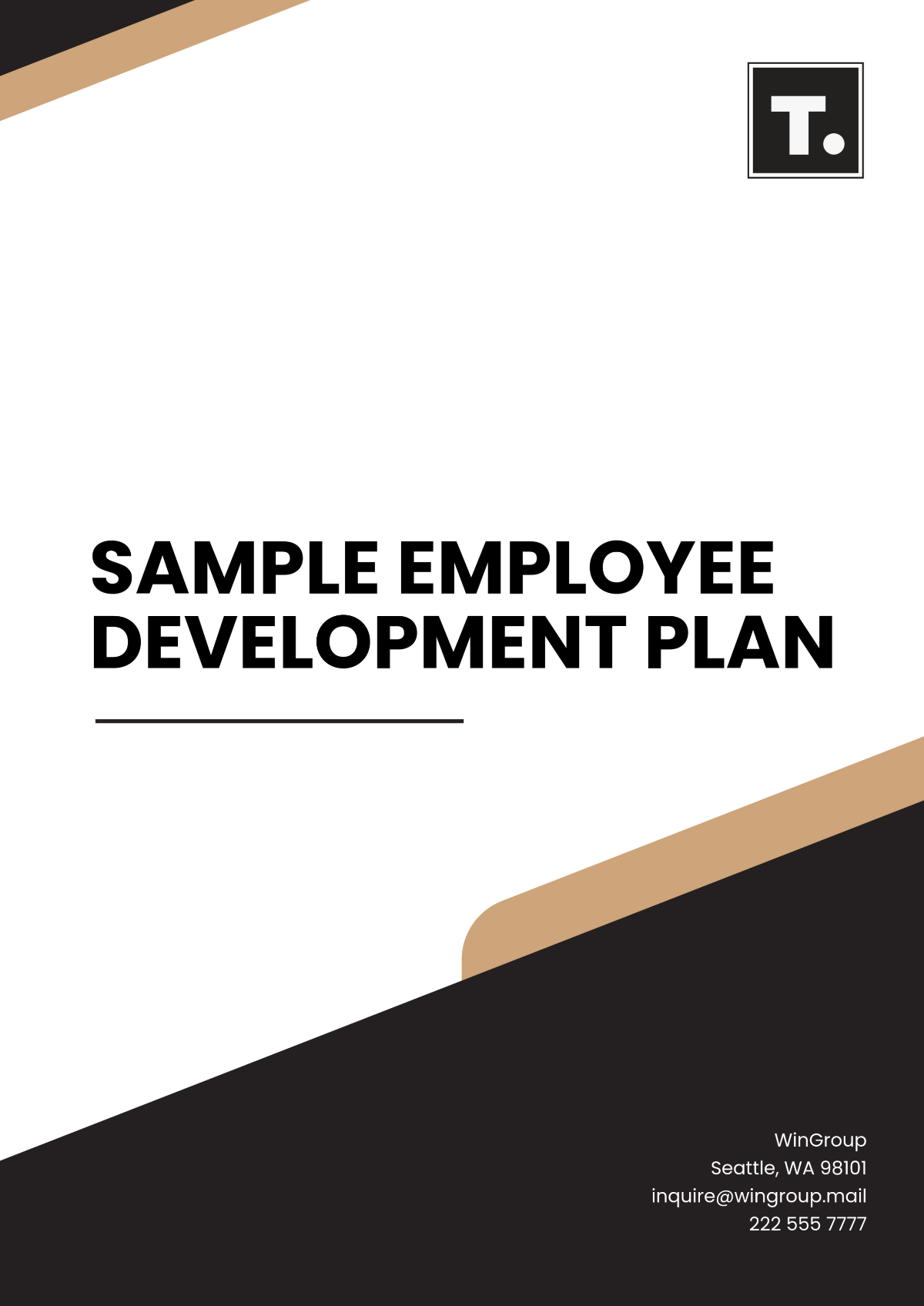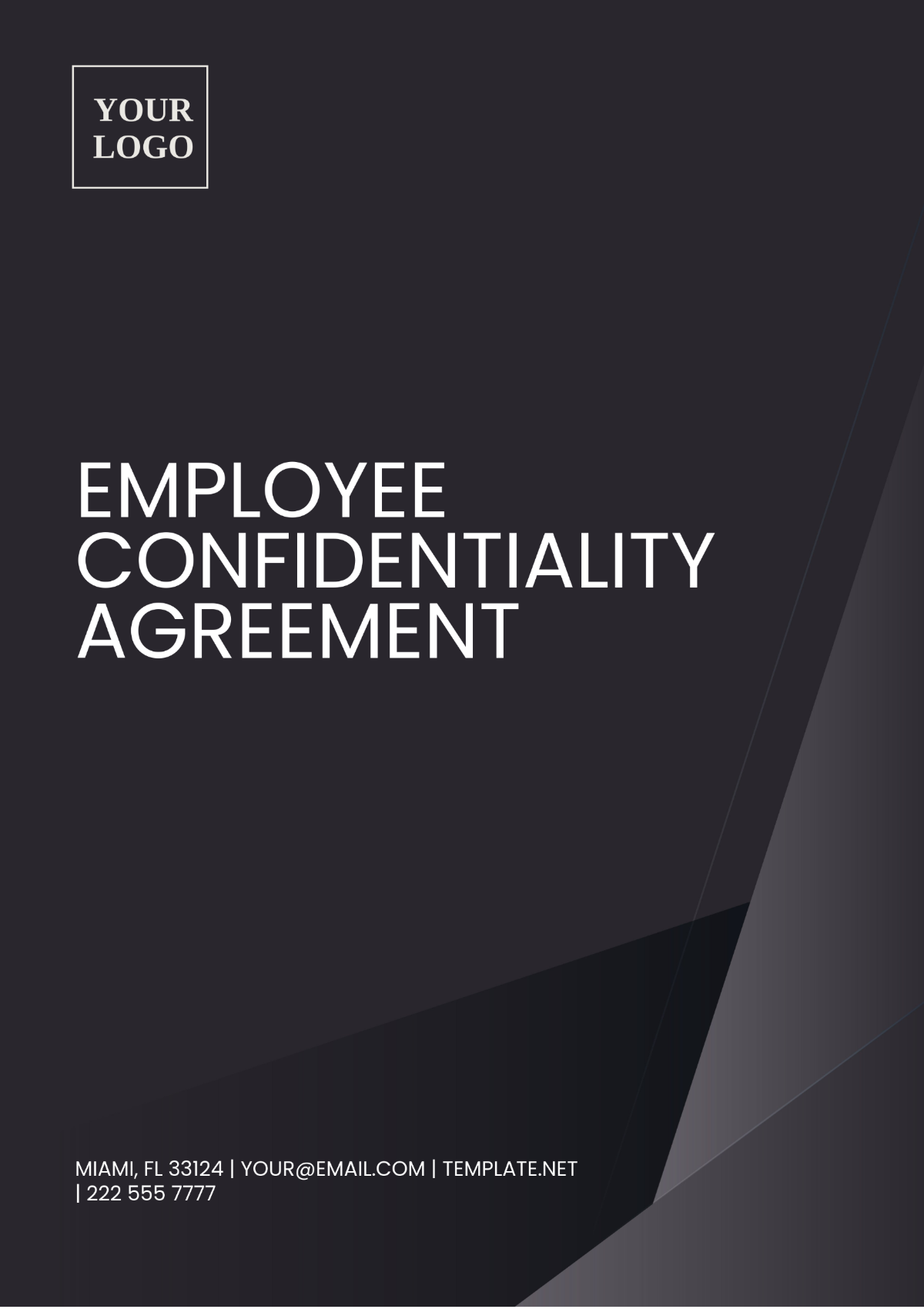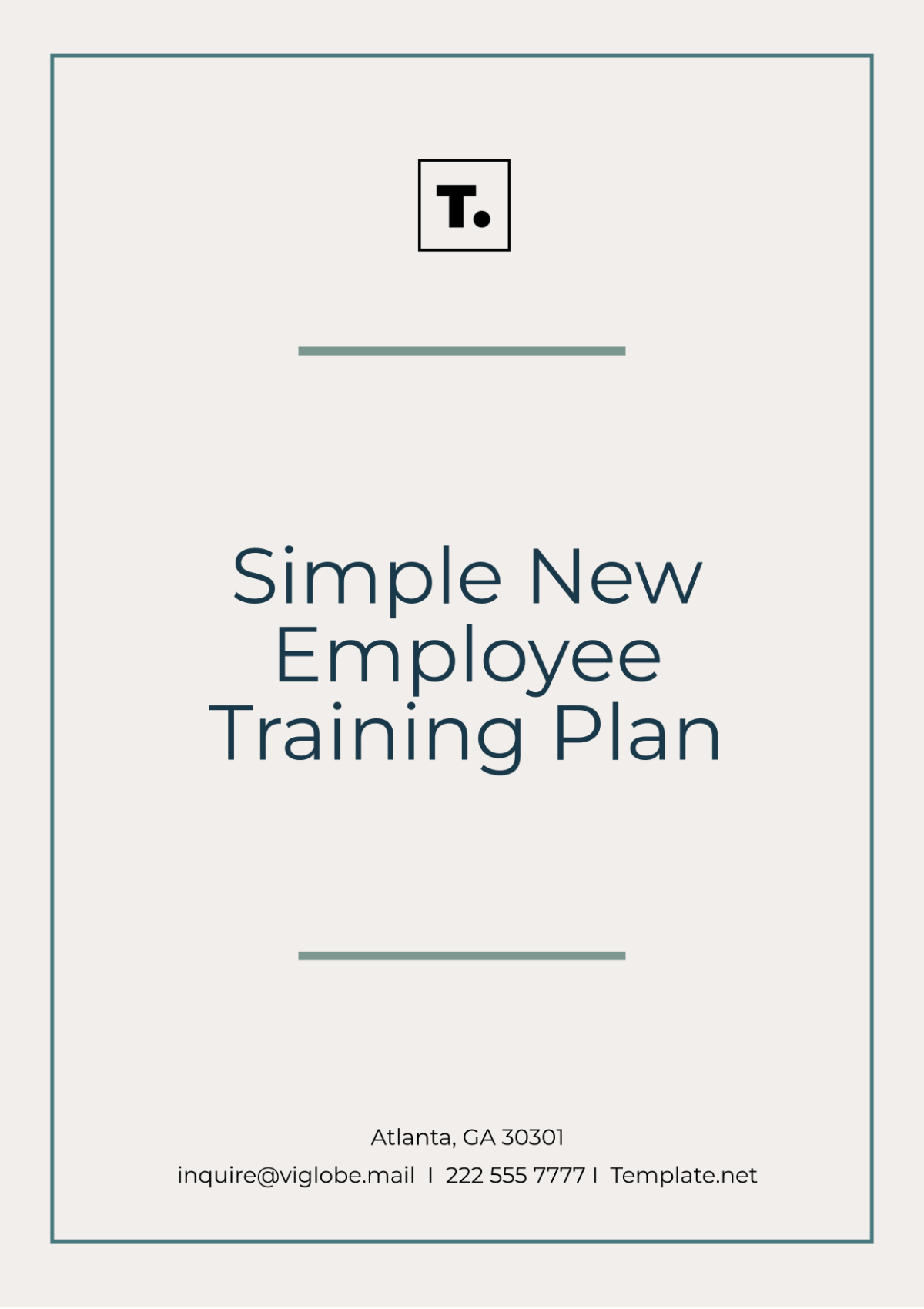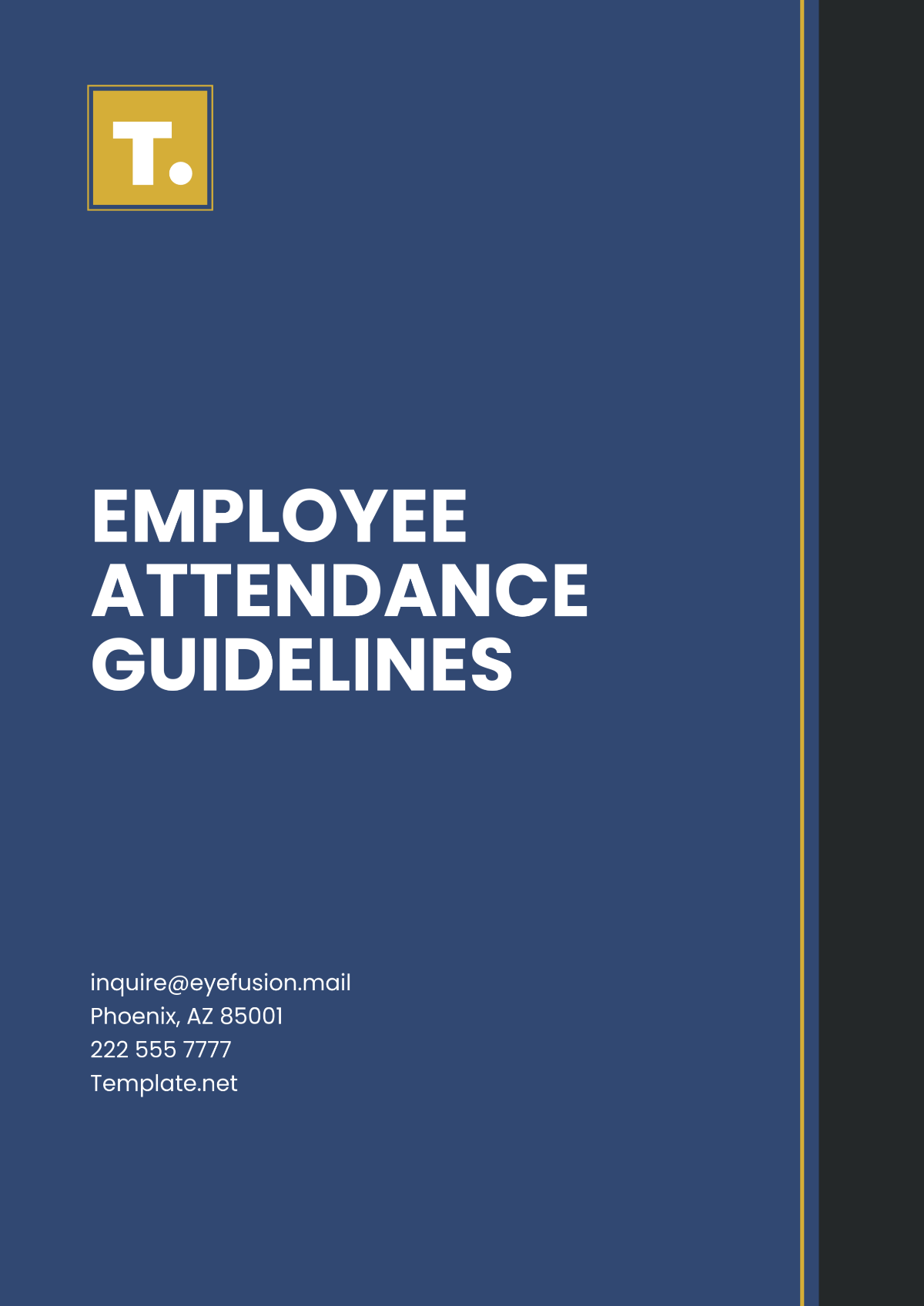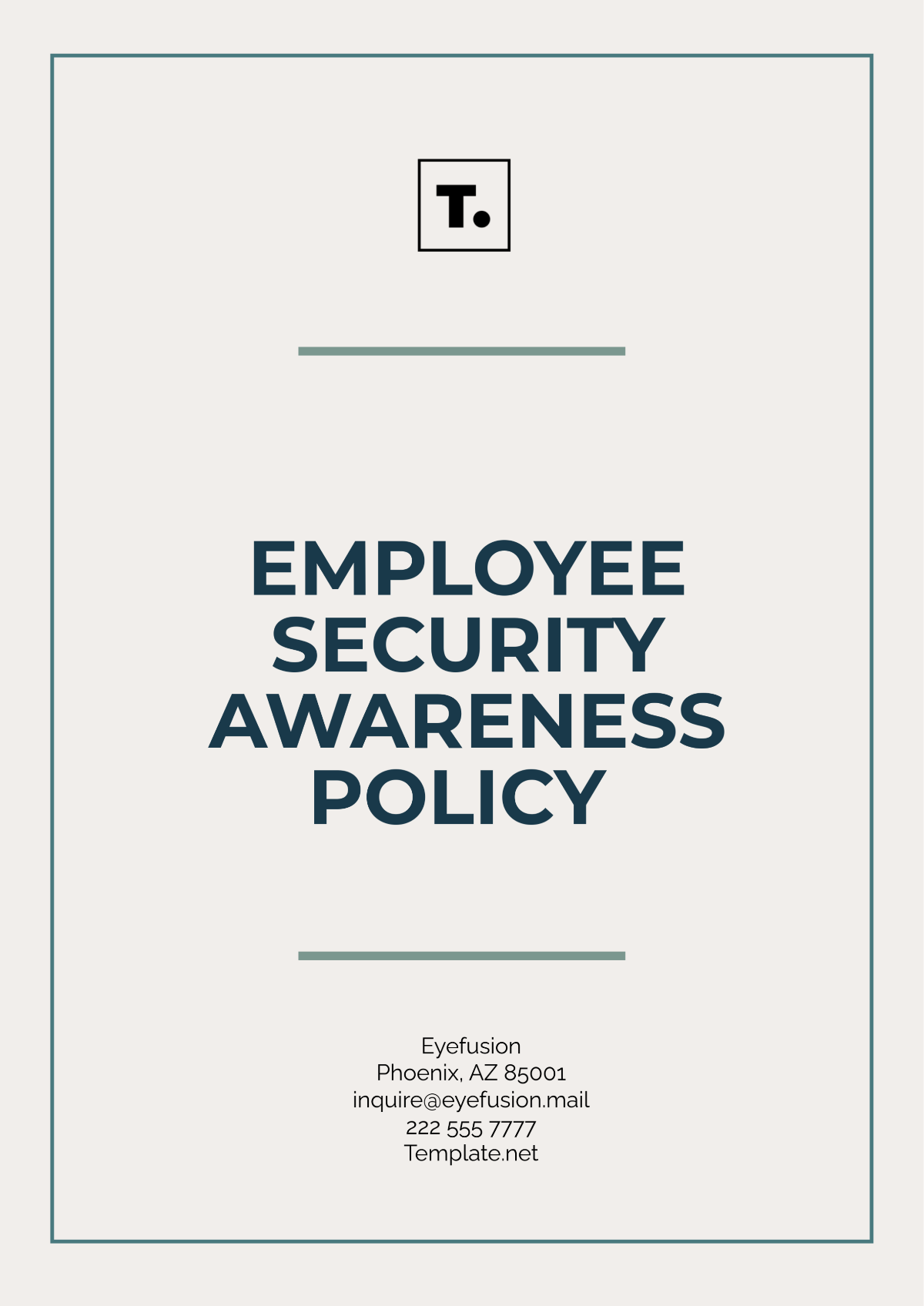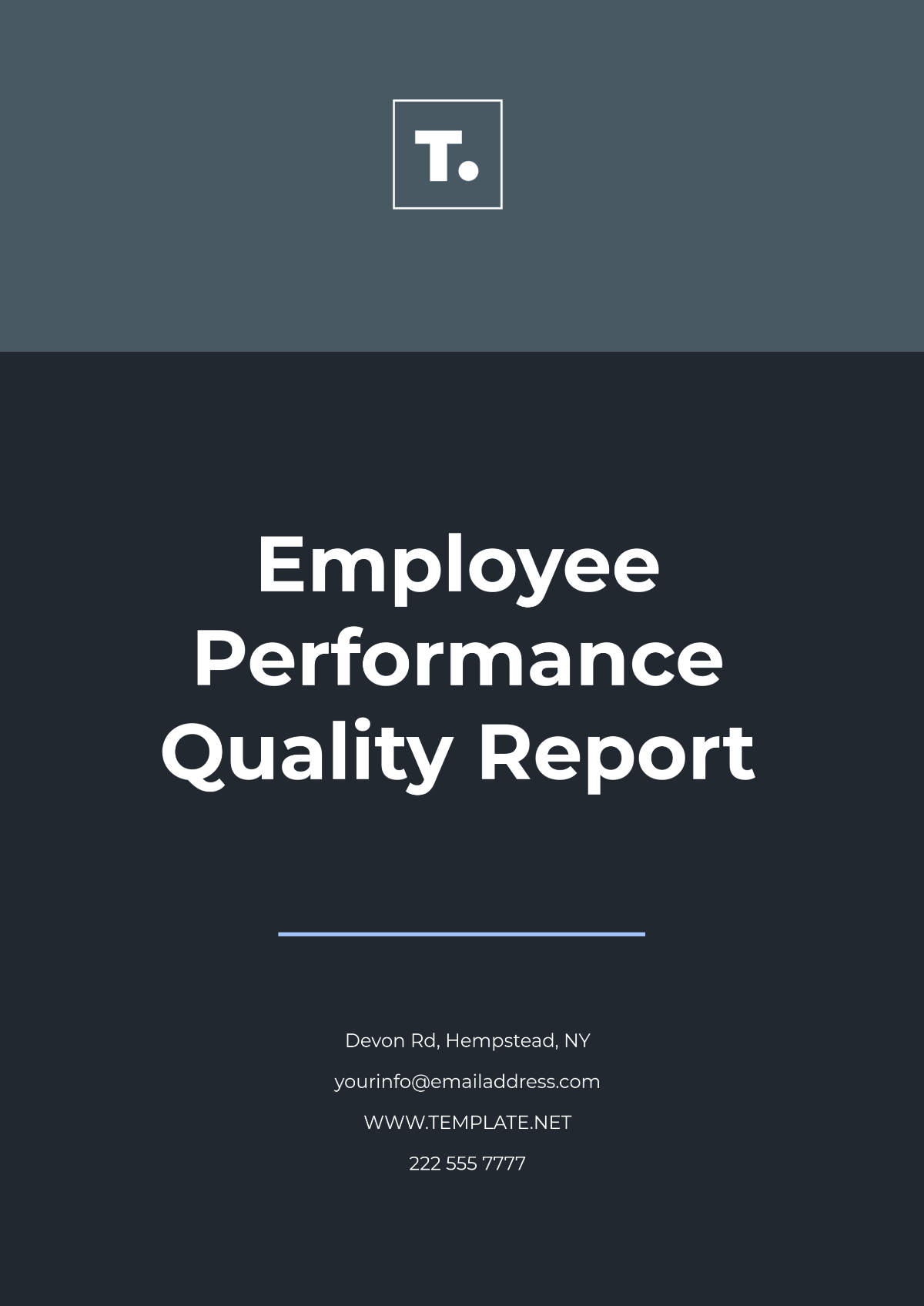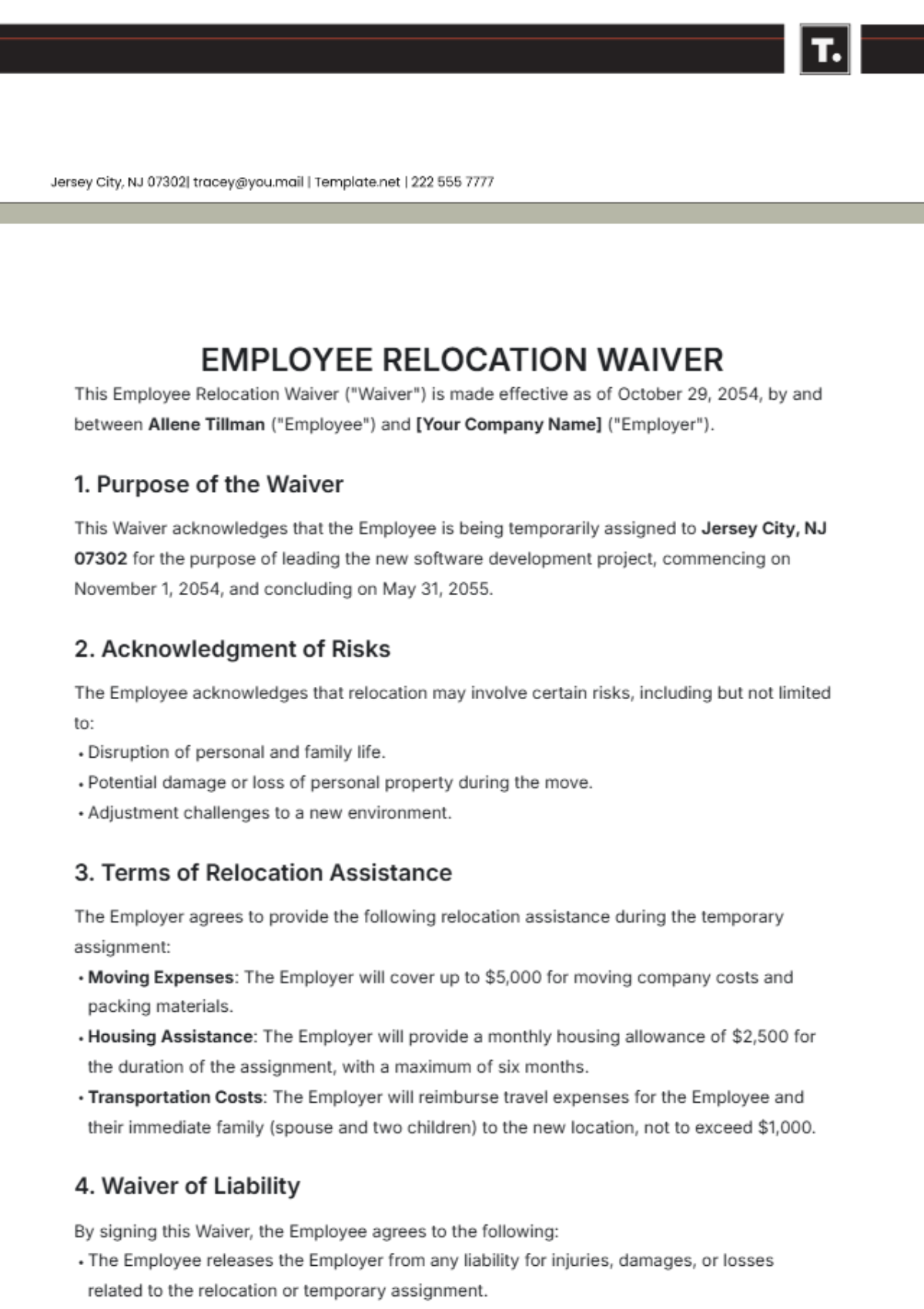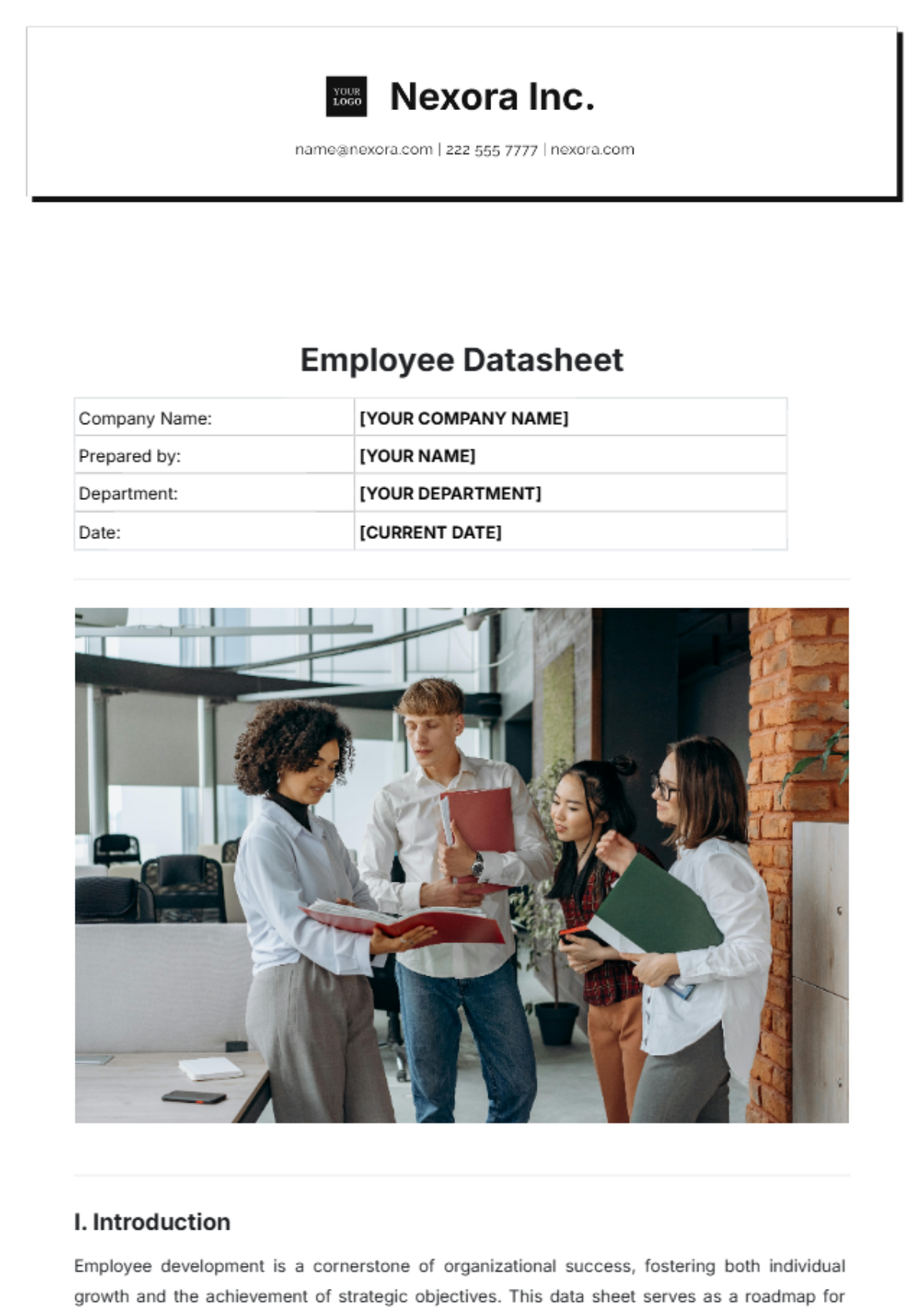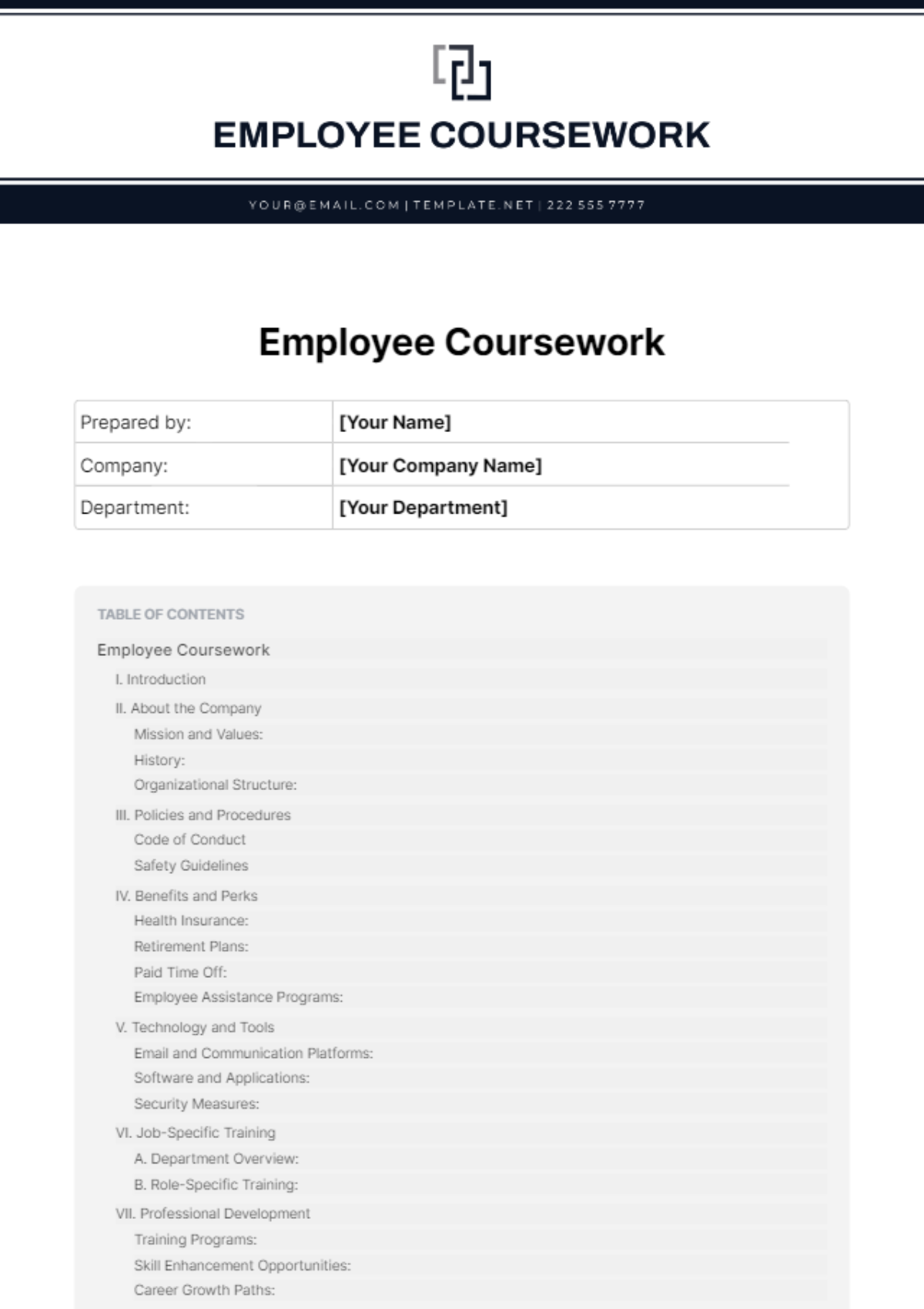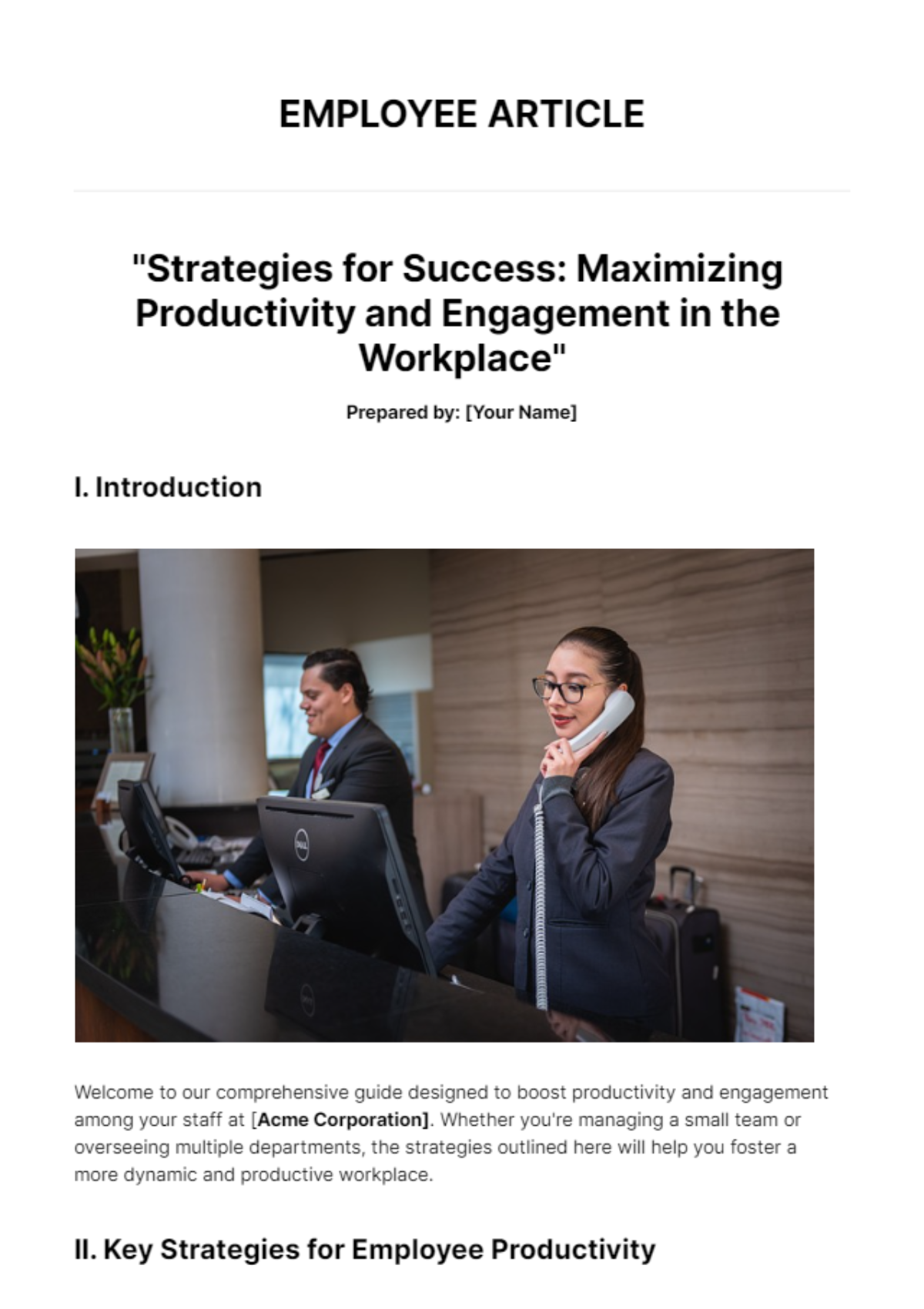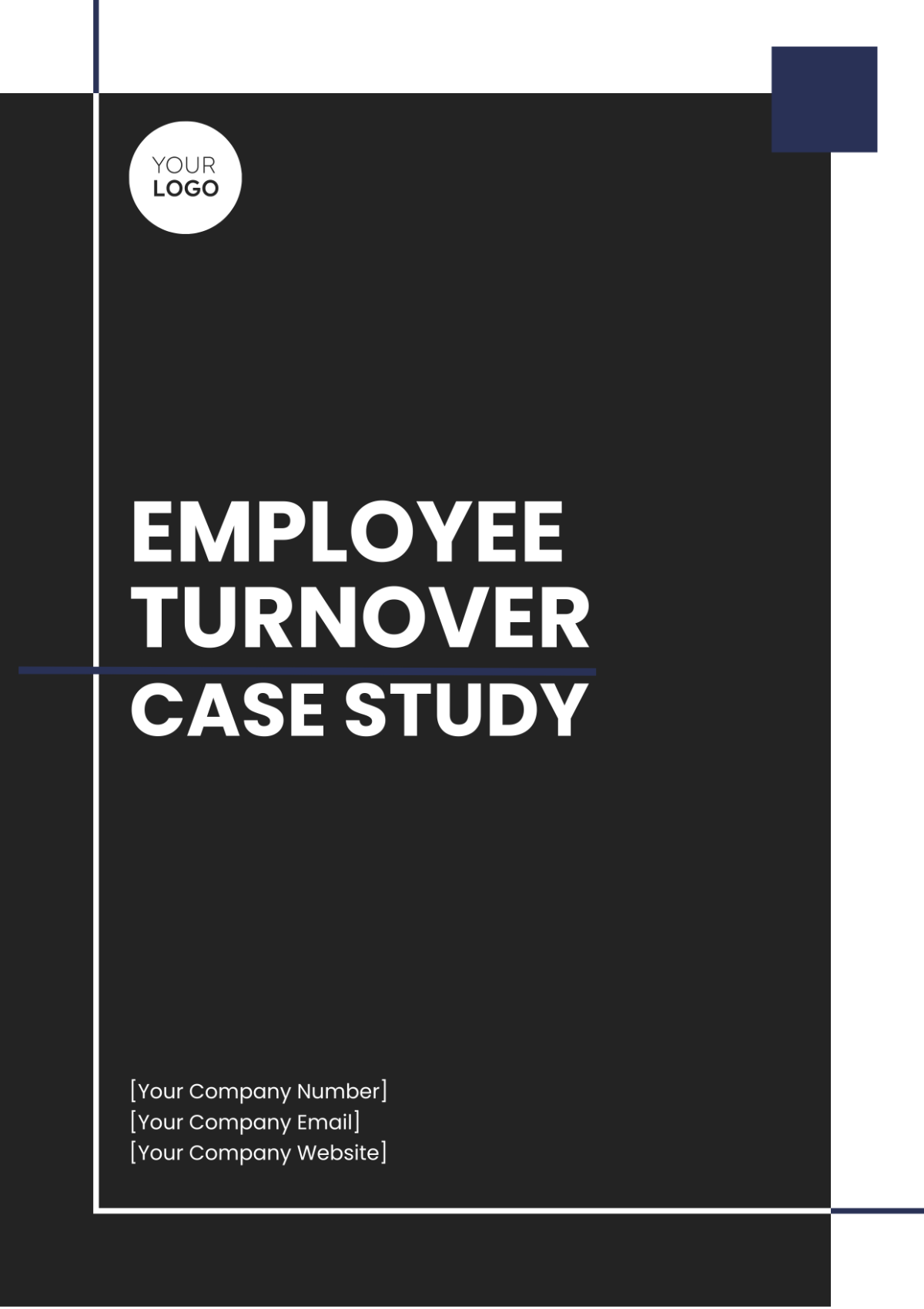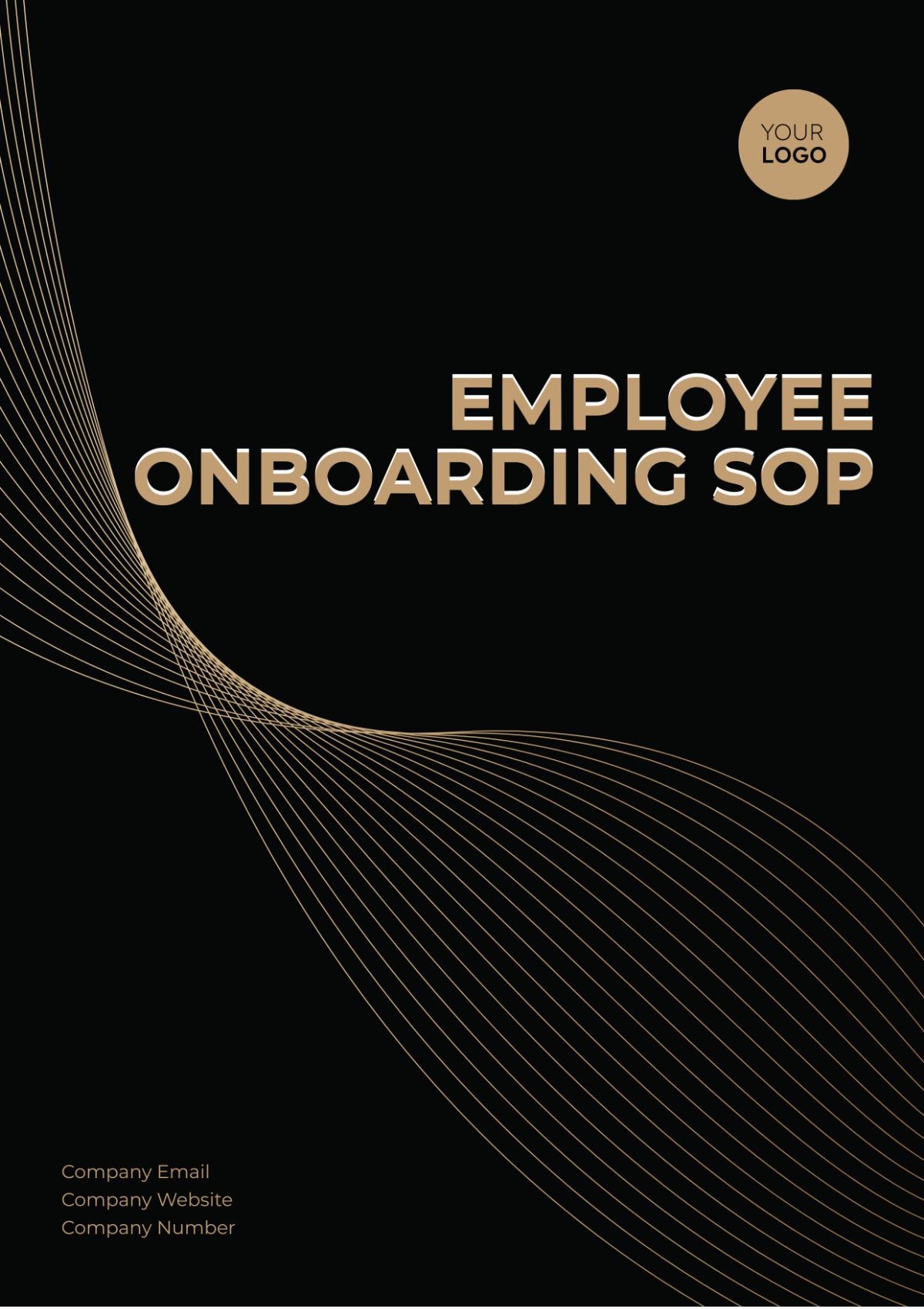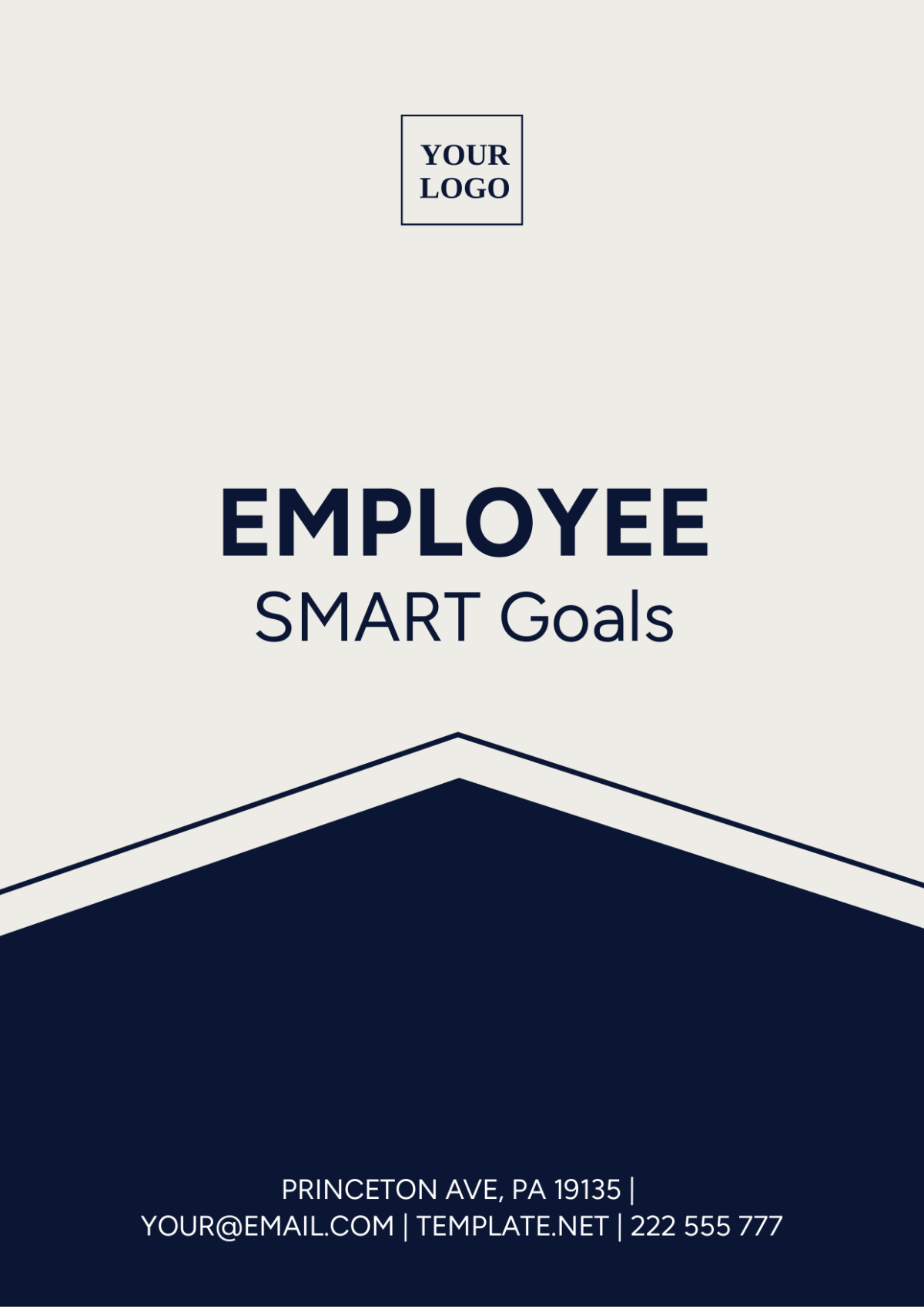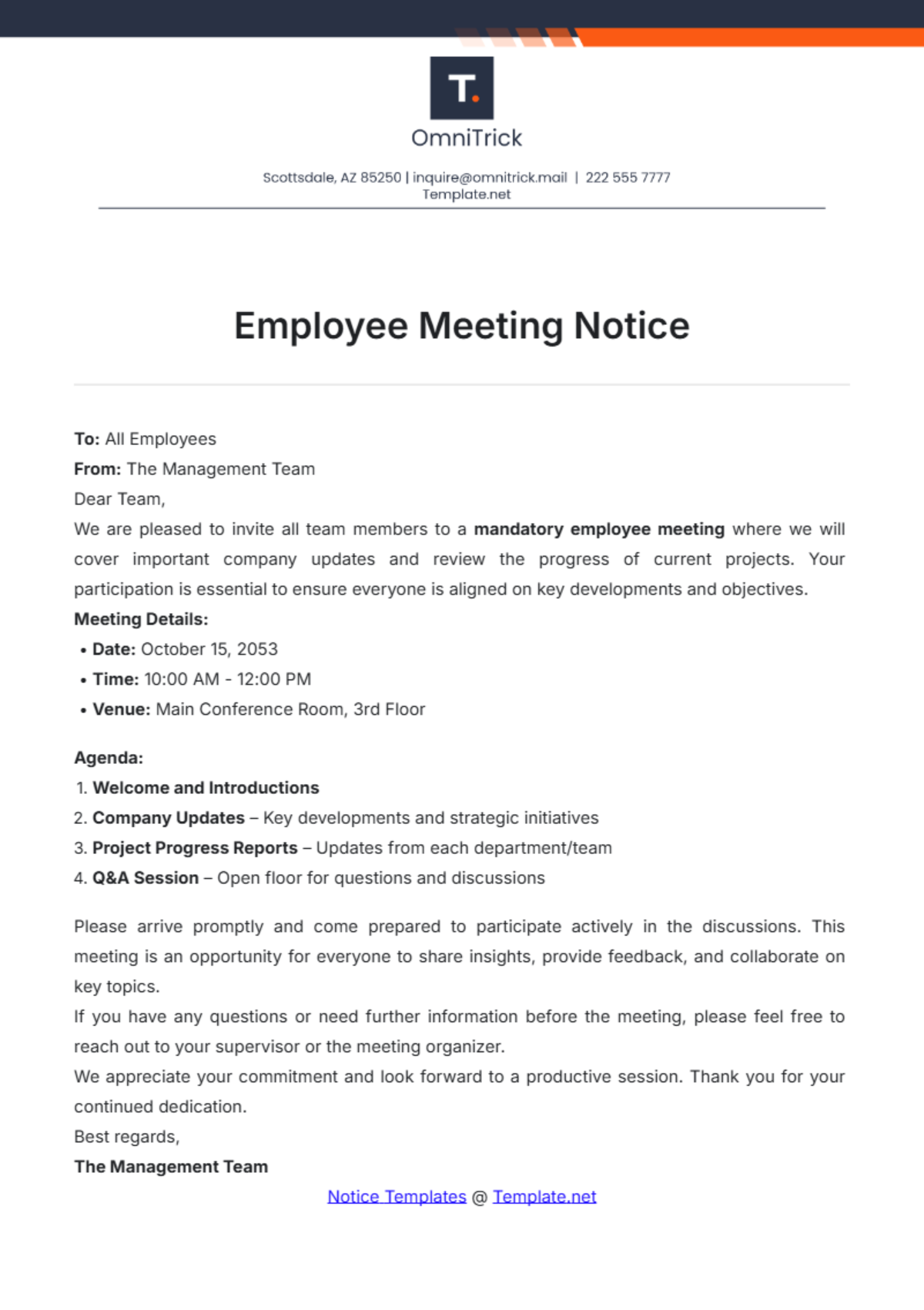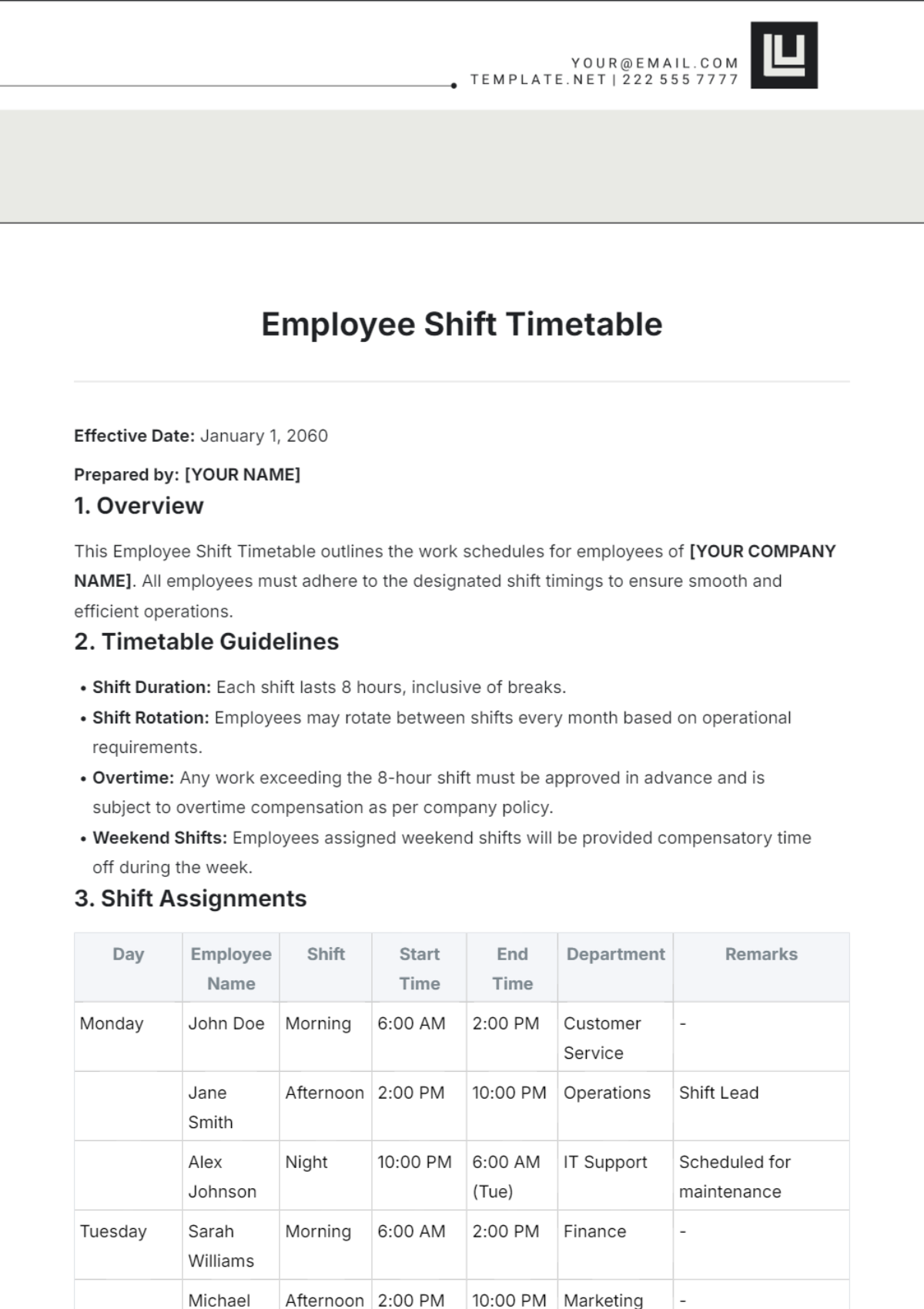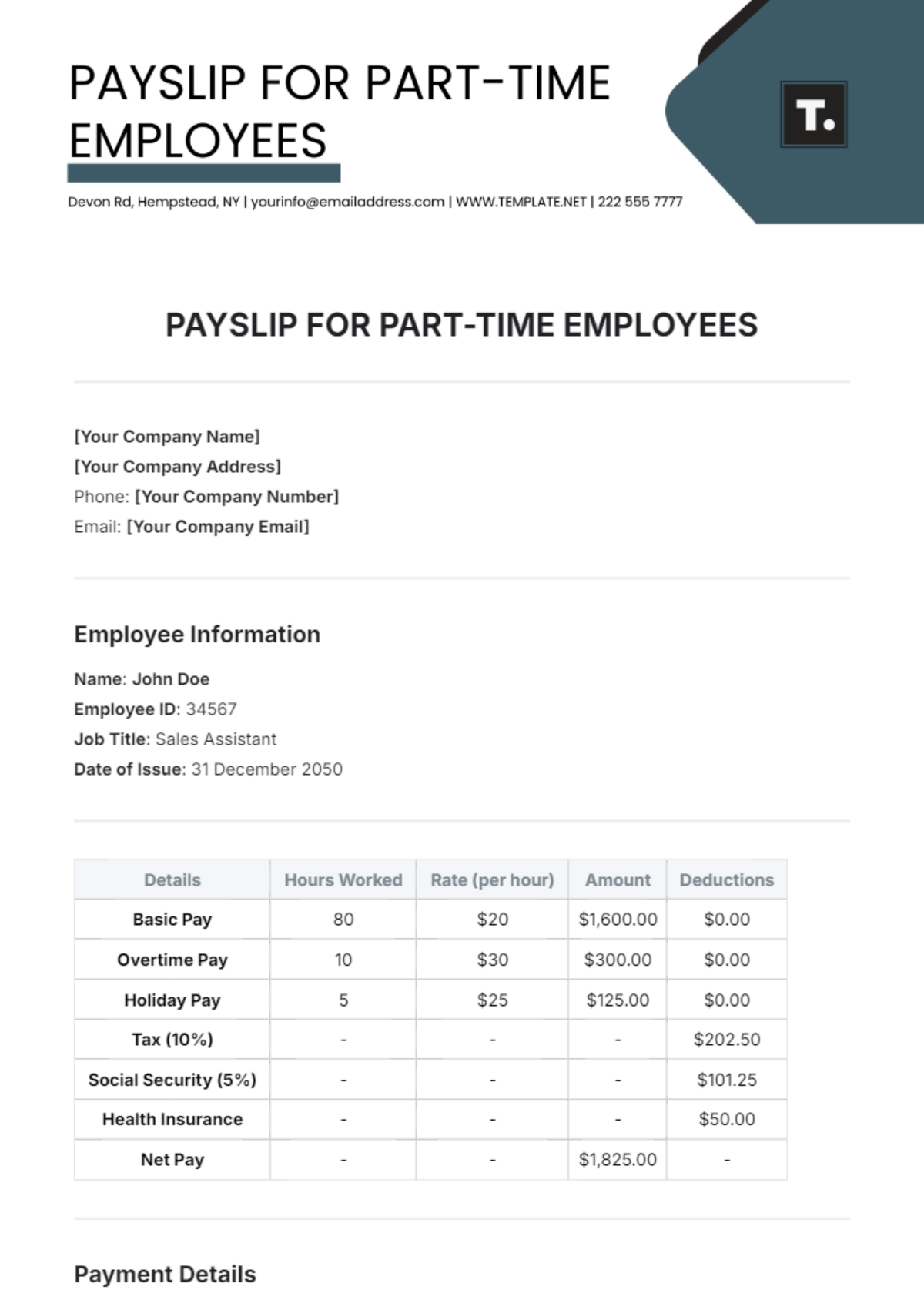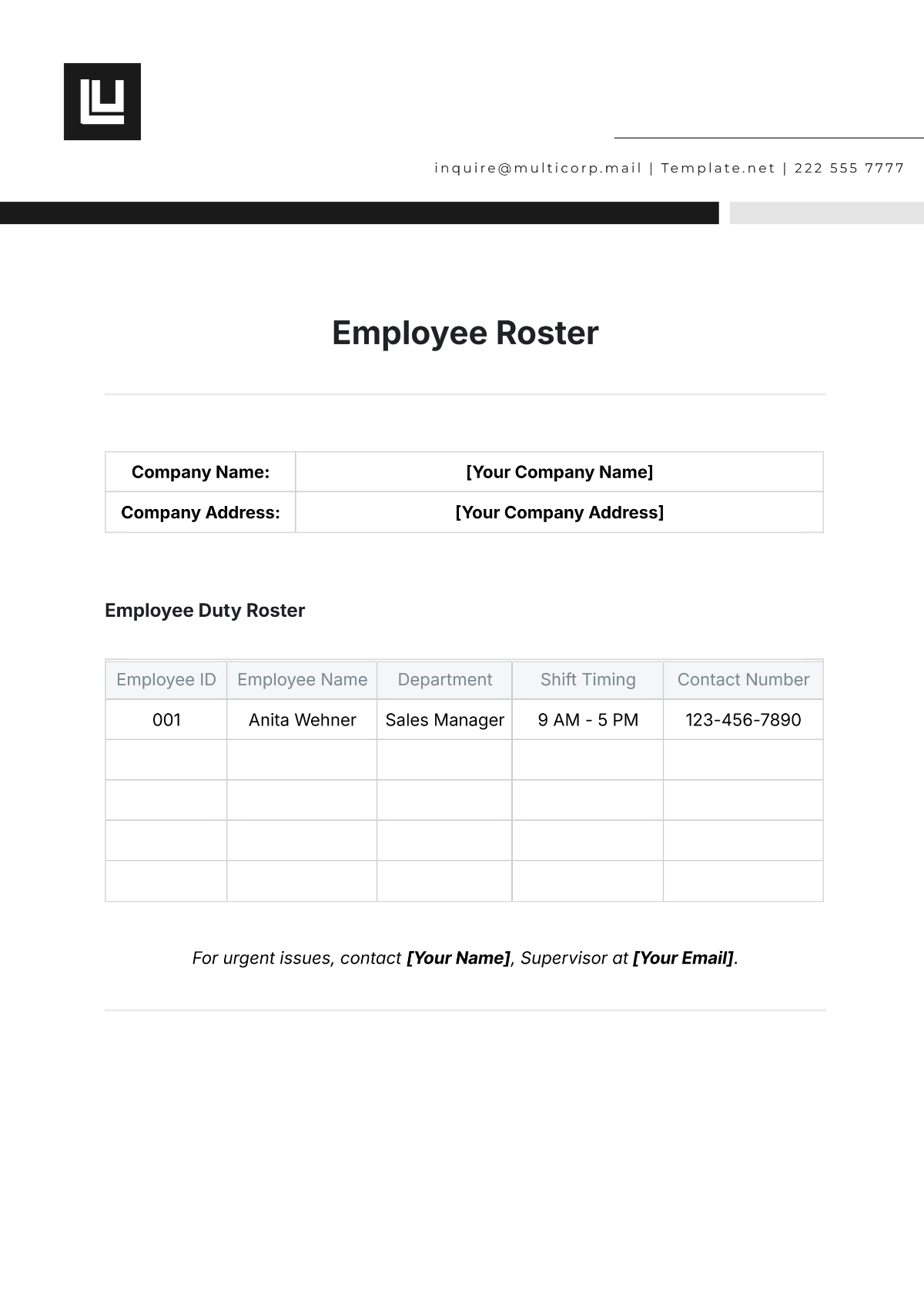Employee Bonding & Integration Case Study
At [Company Name], we pride ourselves on fostering a workplace culture that not only emphasizes professional excellence but also personal connections and team coherence. Our Marketing Department has grown rapidly over the last year, evolving in both scope and size.
Founded in 2005, [Company Name] has steadily emerged as a leader in the healthcare technology sector. Our Marketing Department, in particular, has seen substantial growth, expanding from a team of 5 in its early days to a robust crew of 50 today. While this growth has brought in a wealth of diverse talent and skills, it has also presented its unique challenges in terms of maintaining team cohesion and ensuring that everyone feels integrated into our company culture.
Purpose of the Case Study
The aim of this case study is to highlight the challenges faced in ensuring employee bonding and integration within the rapidly growing Marketing Department, and to shed light on the strategic measures taken by the HR team to address these issues. By sharing our journey, we hope to provide valuable insights and actionable strategies for other organizations facing similar challenges.
Problem Statement
With growth come growing pains. The expansion of our Marketing Department manifested not only in logistical and operational challenges but also in issues related to team dynamics and integration.
Identified Challenges
New team members came from diverse work cultures, leading to varied expectations and work ethics.
With the team spread across different projects and often working in silos, there was a lack of consistent communication.
The onboarding experiences varied for employees, leading to different levels of understanding and integration into the company culture.
Impact on Team Dynamics
Team members were hesitant to seek help or collaborate across different sub-teams.
Without consistent communication and understanding, there were frequent overlaps or gaps in tasks.
A sense of isolation or feeling of being 'left out' was noted, especially among newer team members.
Objective
In the face of the challenges that rapid growth presented, [Company Name]'s primary objective was to reinforce a cohesive, collaborative, and inclusive work environment. A series of desired outcomes were defined to guide the strategies and initiatives to be adopted.
Desired Outcomes
Enhanced Team Collaboration
Unified Company Culture
Streamlined Communicationand minimize miscommunication.
Key Performance Indicators (KPIs)
85% employee satisfaction score
15% growth in projects handled by diverse teams
90% of new hires feel fully integrated into the team within their first three months.
Approach & Strategy
Recognizing the challenges was just the first step. The real task lay in devising effective strategies to address them and ensuring their successful implementation.
Assessment Methods
Anonymous surveys were conducted to gather insights on employees' sentiments, concerns, and suggestions.
Random groups of employees were formed to discuss challenges and brainstorm solutions in a structured yet open environment.
HR conducted interviews with selected team members, especially those who recently joined, to get a deeper understanding of individual experiences.
Implemented Bonding & Integration Initiatives
Monthly team outings, workshops, and activities like escape rooms, sports events, and cooking classes were introduced.
New hires were paired with seasoned employees for guidance and smoother integration into the company culture.
Monthly open forums were organized where employees could voice concerns, ask questions, or simply share experiences.
Training & Development Programs
To further enhance integration and skill development:
Cultural Immersion Workshops: Workshops focused on reinforcing [Company Name]'s values, mission, and vision.
Skill Development Sessions: Regular training sessions on both hard (technical) and soft skills to ensure everyone was on the same page and to foster an environment of continuous learning.
Leadership Programs: Targeted at potential leaders within the team, helping them guide newer team members and contribute positively to the team dynamic.
Results
The efforts put into employee bonding and integration at [Company Name] were met with considerable success. The results were both quantitative and qualitative, painting a comprehensive picture of the positive changes achieved.
Quantitative Outcomes
Employee Satisfaction: The quarterly surveys showed a 92% satisfaction rate, surpassing the targeted 85%. This marked a significant increase from the previous year's 78%.
Cross-functional Collaboration: There was a 21% growth in projects that saw active participation from members across different sub-teams, surpassing the 15% target.
Onboarding Feedback: 95% of the new hires reported feeling fully integrated within their first three months, which was higher than the 90% target.
Metric | Before Initiative | After Initiative | % Change |
Number of spontaneous group lunches/outings per month | 5 | 15 | +200% |
Feedback sessions with senior leadership (per quarter) | 8 | 20 | +150% |
Participation in voluntary team-building activities (%) | 40% | 75% | +88% |
The number of spontaneous group lunches/outings increased from an average of 5 to 15 per month, reflecting a 200% increase. This suggests better interpersonal relationships among employees.
Feedback sessions with senior leadership, a metric to measure open communication, rose from 8 per quarter to 20, marking a 150% increase. This showcases a heightened level of trust and transparency between the staff and senior leadership.
Participation rates in voluntary team-building activities saw an impressive jump from 40% to 75%, an increase of 88%, indicating a stronger sense of community and belonging among team members.
Qualitative Outcomes
Theme | Frequency (No. of Mentions) | Sample Feedback |
Collaboration | 45 | "The cross-team workshops made teamwork feel so natural and easy." |
Open Communication | 38 | "Never heard this in any company before. Loving the open-door policy!" |
Sense of Community | 52 | "Team outings made me feel truly part of the [Company Name] family." |
Empowerment | 30 | "Being involved in project decisions has made my work feel so much more meaningful." |
Learning from Peers | 40 | "Gained new perspectives from colleagues during the mentorship sessions." |
Leadership Accessibility | 35 | "It's great knowing our leaders are approachable and genuinely interested in our feedback." |
Key Learnings & Insights
The journey to enhance employee bonding and integration at [Company Name] was replete with both successes and challenges. Reflecting on the experience, we gathered crucial learnings that have shaped our understanding of workplace dynamics and provided direction for future initiatives.
What Worked Well
The mentorship program stood out as a resounding success. Pairing new hires with seasoned employees not only helped in smoother integration but also built meaningful professional relationships.
The introduction of open forums and regular feedback mechanisms ensured that every voice was heard. This fostered a culture of trust and transparency, making employees feel valued and involved.
Activities outside the work environment played a pivotal role in strengthening interpersonal bonds. Whether it was a team outing, a workshop, or a sporting event, these gatherings brought employees closer.
Challenges Faced and Overcome
With employees coming from varied work cultures, aligning everyone to a common set of expectations was initially challenging. However, through cultural immersion workshops and regular communication, this hurdle was effectively addressed.
Organizing team-building events for a rapidly growing team posed logistical challenges. Finding venues, scheduling, and ensuring maximum participation required meticulous planning and coordination. Over time, we developed a system, taking into account feedback and suggestions, which made the process smoother.
As with any new initiative, there was initial resistance and skepticism from some team members. Through continuous dialogue, addressing concerns, and showcasing early positive results, the majority of the skeptics were converted into active participants and advocates of the bonding initiatives.
Recommendations & Future Plans
Having traversed a transformative journey towards fostering enhanced employee bonding and integration, [Company Name] is now poised to embrace the future with fortified insights and aspirations. Drawing from our past experiences and insights, we chart a path forward, encompassing recommendations and proposed initiatives.
Continue leveraging feedback surveys, one-on-one interviews, and open forums to gather insights from employees. This will help address concerns in real-time and adapt strategies as per changing needs.
Organize annual or bi-annual refresher workshops that revisit [Company Name]'s core values, mission, and vision. This ensures alignment, especially for the newer members of the team.
Identify potential leaders within teams and invest in their growth. As ambassadors of company culture, they play a pivotal role in guiding newer members and fostering a cohesive environment.
Conclusion
The journey of bolstering employee bonding and integration at [Company Name] has been both challenging and rewarding. Through concerted efforts, strategic initiatives, and unwavering commitment, significant progress has been made. As we move forward, we remain cognizant of the importance of a cohesive work environment, and with the insights gained, we're better equipped to navigate future challenges. The goal remains clear–to build a workplace where every individual thrives, feels valued, and is an integral part of the [Company Name] family.


